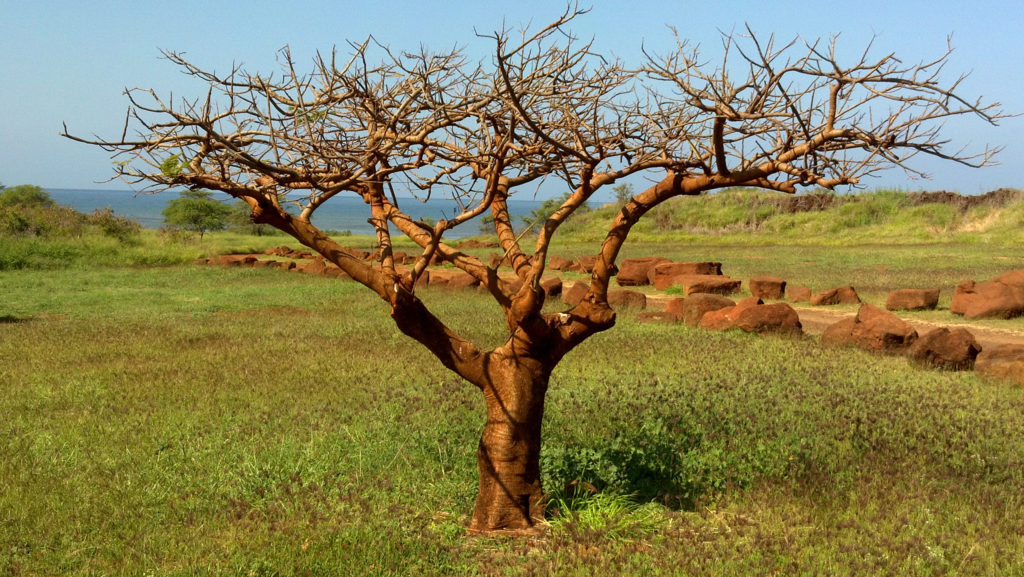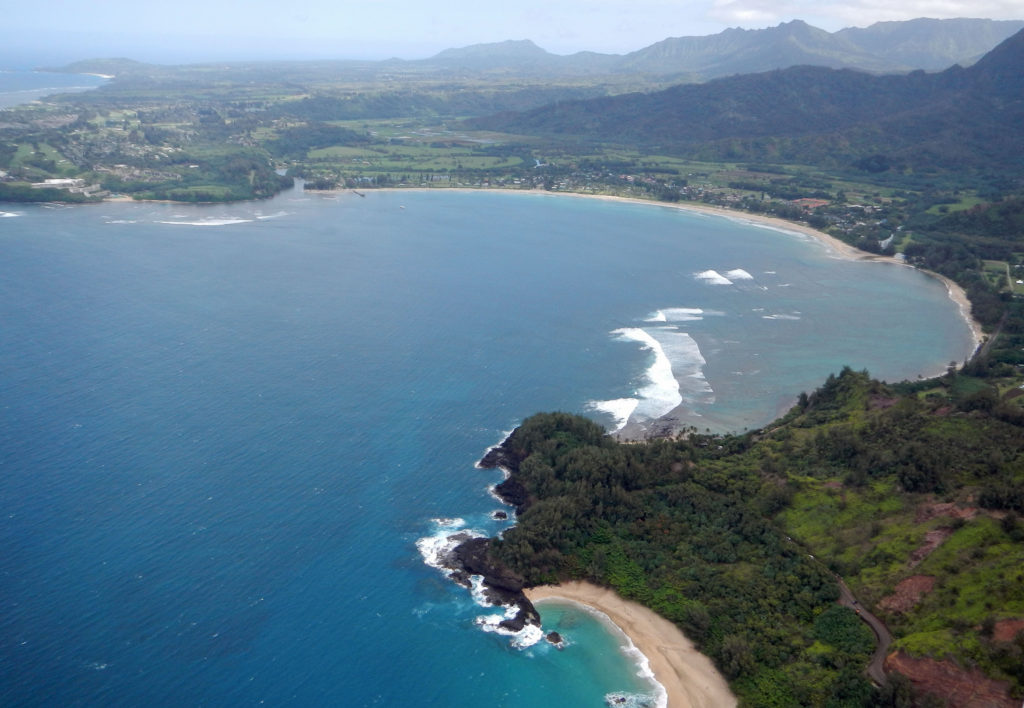by Alan K. Lee
My wife and I have taken many winter vacations to Hawai’i over the years. We had made three trips to Maui, and had seen most of the island, but we had never made it to Hana. On our only attempt to get there, we badly underestimated the time it would take. We made it only about halfway there. But this time we made it a priority to visit Hana and spend enough time there to really explore the area.
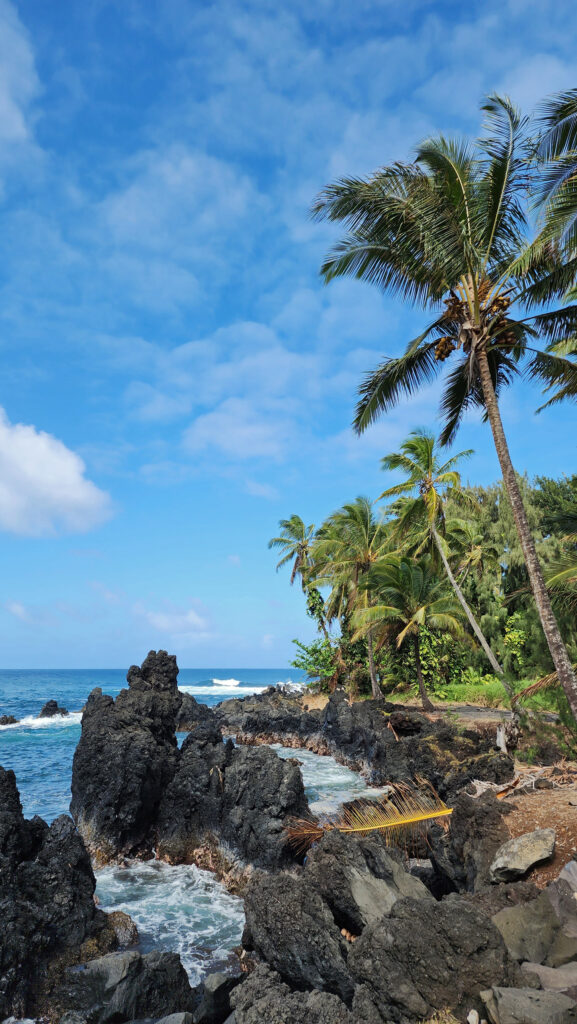
Getting to Hana is either a pain or part of the adventure, depending on your mind set. The Road to Hana is justifiably famous. It’s only a little over 50 miles from Kanhului to Hana, but that is very deceiving. With over 600 curves, 59 one lane bridges, and a speed limit that is 25 mph or less most of the way, the round trip from Kahului will take a minimum of five hours. But eight to ten hours on the road is more typical. In other words, it’s an all day outing, so start early.
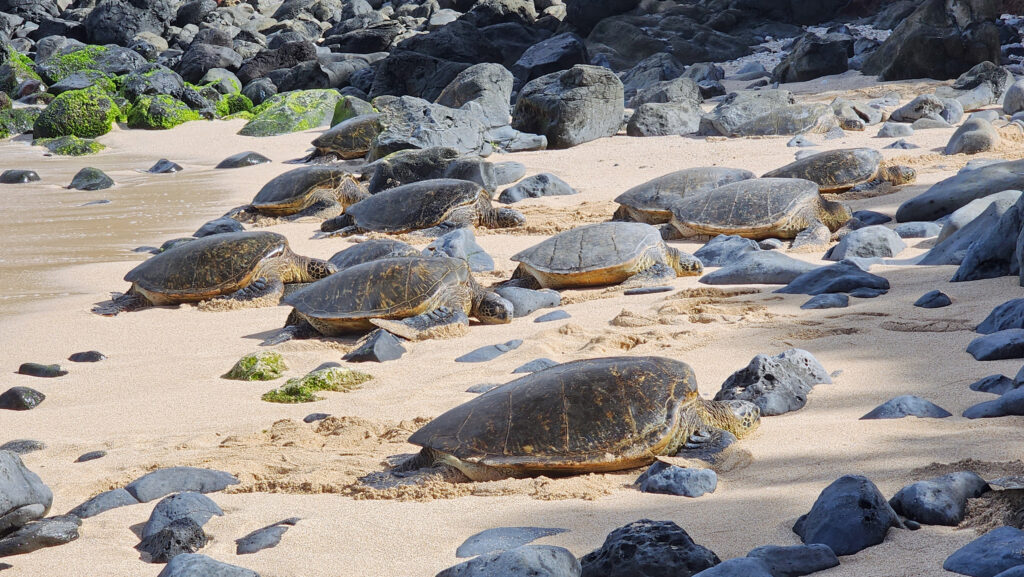
There are many viewpoints and other stops worth making along the way, but a few stand out. A few miles east of Pa’ia, and just past Mama’s Fish House, stop at Ho’okipa Beach. It’s a beautiful beach, known for its surfing and kite boarding. But the real attraction for us was the honu (green sea turtles) that can often be found hauled up on the east end of the beach. On our first visit, that end of the beach was cordoned off and more than 30 honu were resting on the sand. There were fewer on our recent visit, but there were no barriers, so it was possible to get very close. But, keep your distance and don’t disturb them if find yourself there. They’re sacred to the native Hawaiians and somewhat rare.
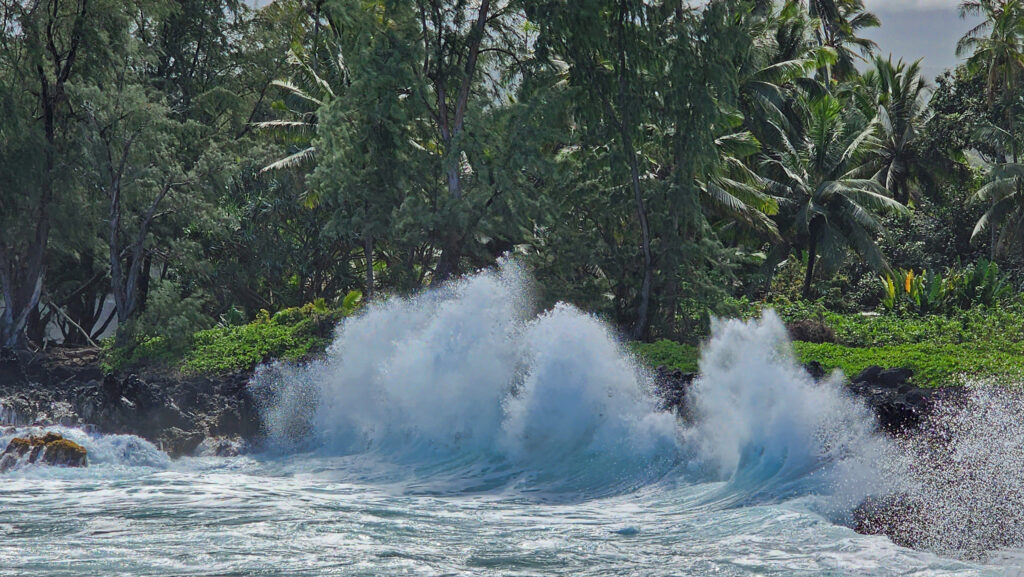
About halfway to Hana, take the short side road to Ke’anae. (That is as far as we got on our first attempt to make it to Hana.) Stop at Aunty Sandy’s Famous Banana Bread (it’s famous for a reason) and pick up a freshly baked loaf, then drive to the end of the road and watch the waves crashing against the rocks. If the surf is up it can be a spectacular sight.

A few miles past Ke’anae, Pua’a Ka’a State Wayside has a nice waterfall with a good swimming hole below it, and there are restrooms and picnic tables there.
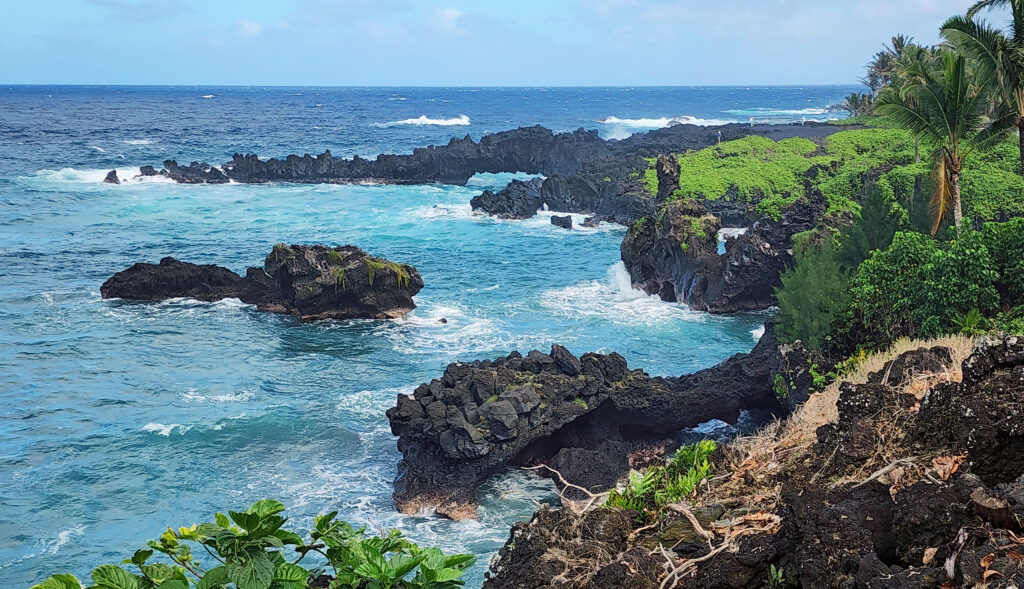
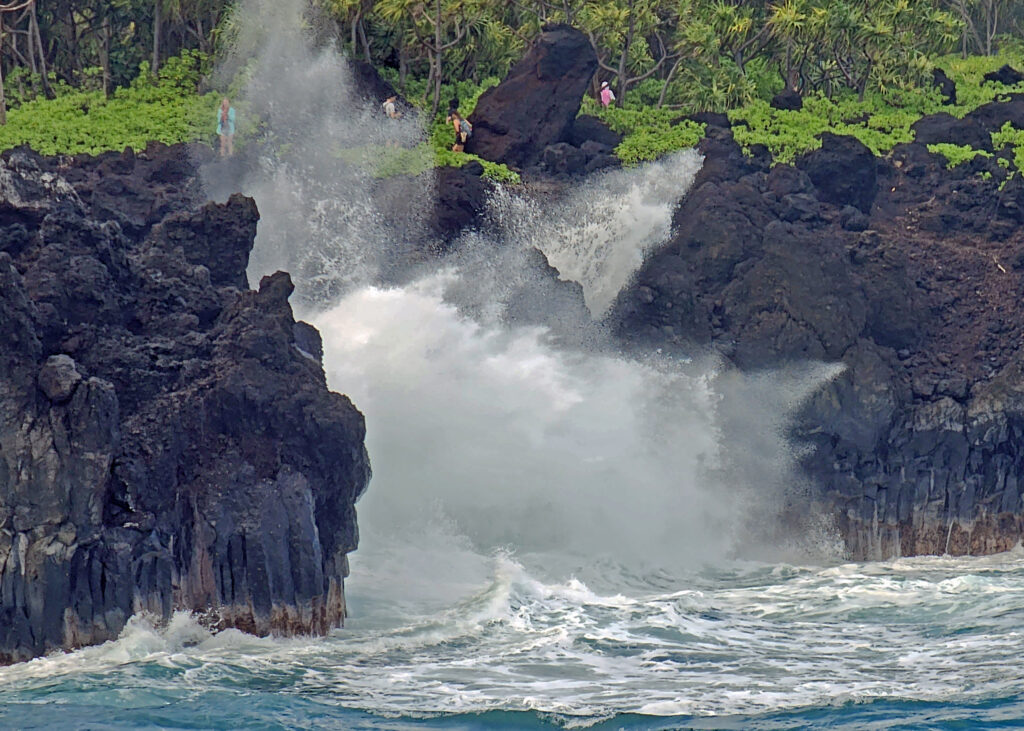
Just before you reach Hana, Waiʻānapanapa State Park is a must see destination. This was probably my favorite spot in the Hana area. It’s another great place to see surf crashing against the lava rock of the shore, and it has a small black sand beach. It is so popular, though, that you now have to make timed entry reservations in advance. Go to the park website for more information.
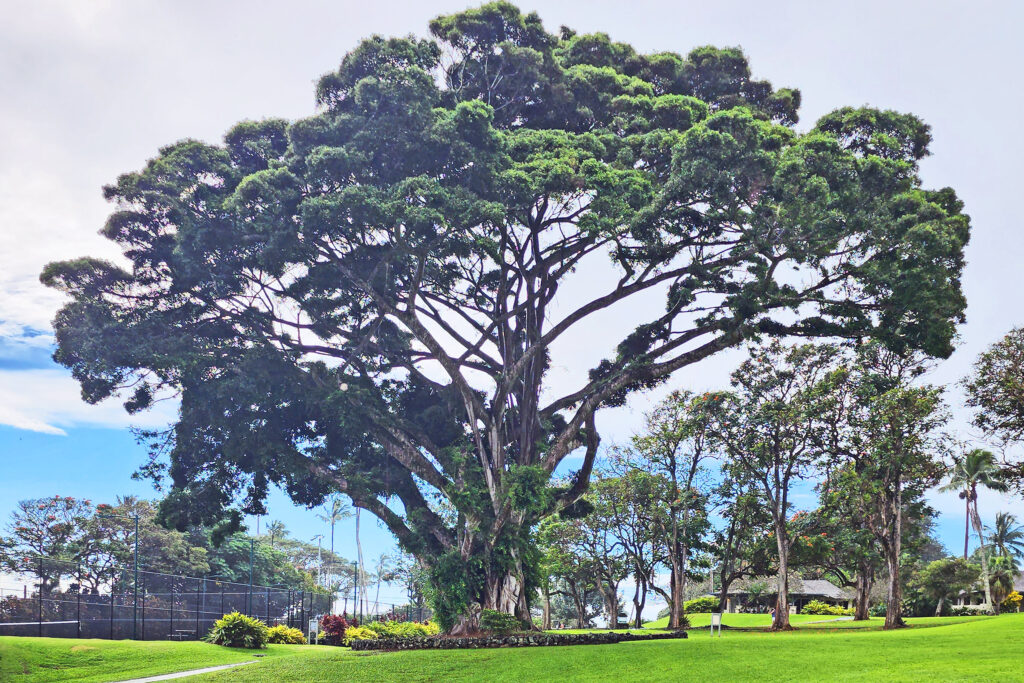 There are a lot of things that you’ll miss if you’re visiting Hana as a day trip. Better to do as we did and spend a night or two. That will give you enough time to really see and enjoy the East Maui area. But be forewarned, Hana is expensive.
There are a lot of things that you’ll miss if you’re visiting Hana as a day trip. Better to do as we did and spend a night or two. That will give you enough time to really see and enjoy the East Maui area. But be forewarned, Hana is expensive.
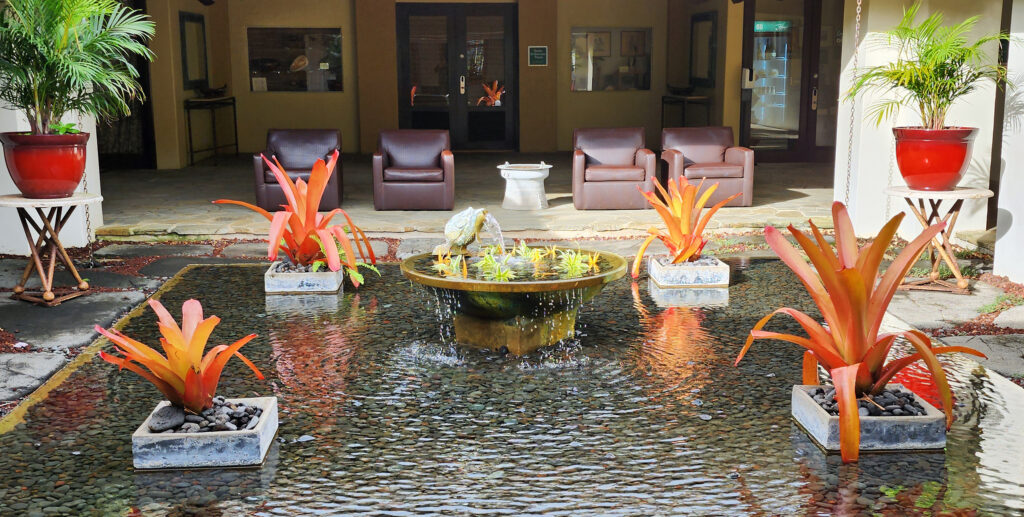
Accommodations in Hana are limited and very expensive. The nightly rate for the two bedroom vacation rental that we stayed in was nearly $500, for example. Rooms in the Hana-Maui Resort start at over $700 per night. There are other somewhat less expensive options, but plan ahead. We booked our rental almost three months in advance, but there were few options left by then. I looked at some vacation rentals that were booked up a for more than a year.
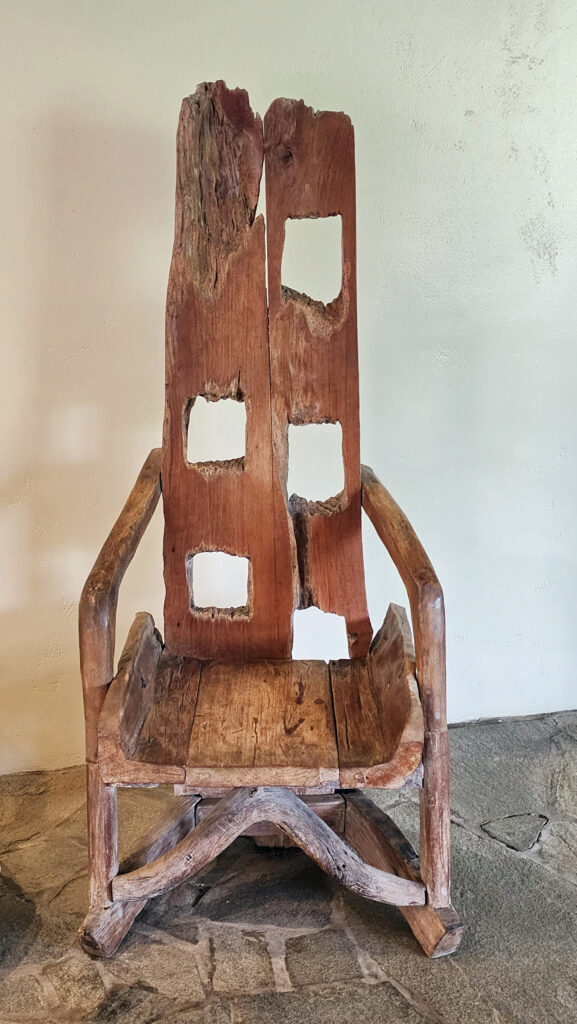
Likewise, dining options are limited in Hana. The Hana Ranch Restaurant has decent food at a reasonable (for Hana) cost. The dining room at Hana-Maui Resort has an upscale menu, both in quality and price, and is one of only a few places open for breakfast. There are a few other restaurants that get decent ratings, and there are many food trucks scattered around town. If your accommodations include a kitchen, cooking your own food is a cheaper option. There are only two small stores in Hana where you can buy groceries, though, so I’d advise stocking up in Kahului beforehand. (Costco and Wallmart are both close the Kahului Airport).

Hana town is a bit of old Hawai’i, and is interesting in that regard, but the town isn’t the main attraction. The adventure of just getting there is part of the attraction, but there are also a number of beaches worth checking out, and more attractions beyond the town.

The Hana Bay Beach Park on the harbor front is worth a visit. Close by, Red Sand Beach is small beach that is a bit of a hike, but worth the effort. The trail starts near the end of Uakea Road, just past the Hana Community Center. The hike isn’t long, but the trail is steep in places and can be slippery if it’s wet, so caution is advised. The beach is located at the base of a red sandstone cliff, the source of its distinctive dark red sand.
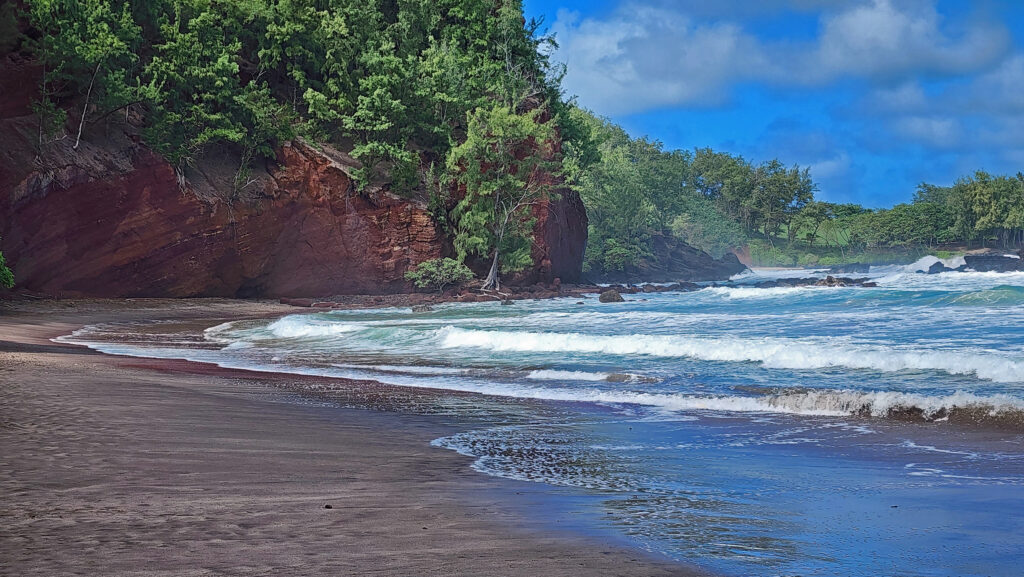
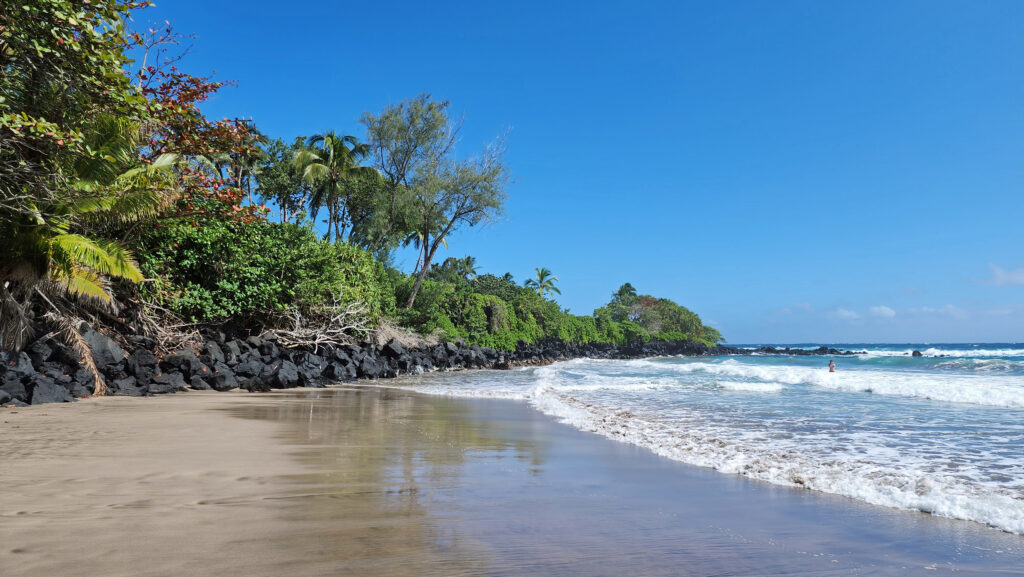
A few miles past Hana, on Haneo’o Road, are two more beaches to check out. Koki Beach Park has more red sand at the north end of the beach. It’s a beautiful spot, but not safe for swimming. A few miles south, Hamoa Beach is a better spot to get in the water. You’ll also probably see a few surfers here.
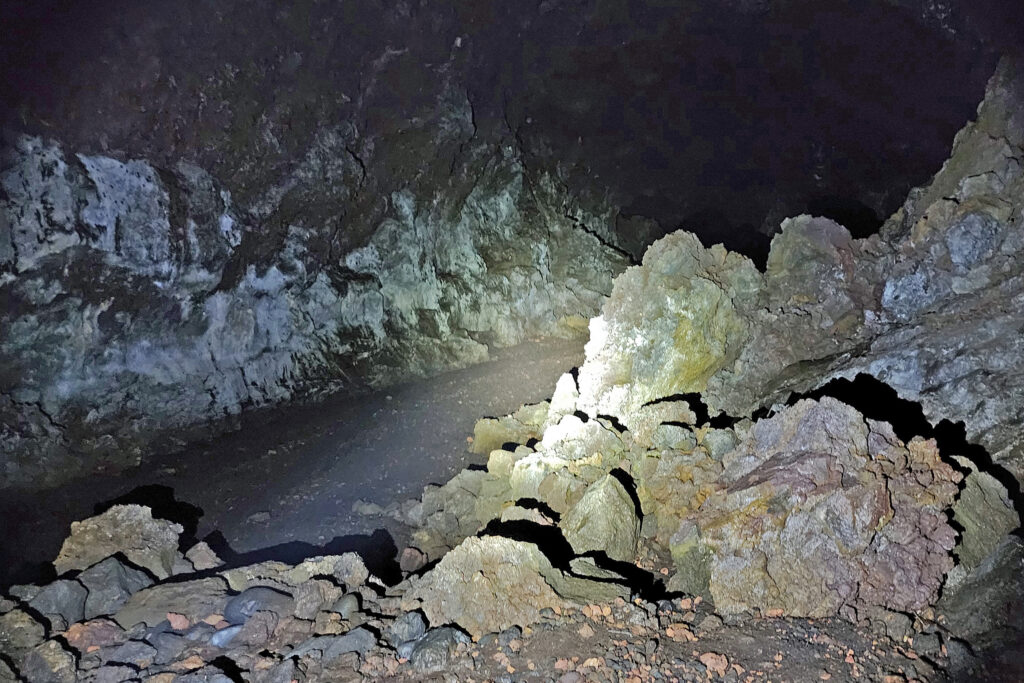
Just off the road back to Kahului, a few miles west of Waiʻānapanapa State Park, Hana Lava Tube (Ka’eleku Cavern) is an interesting side trip from the town of Hana. Lava tubes form when the surface of a lava flow cools and solidifies, and the molten lava flowing underneath drains out, leaving a cavern below the surface of the lava flow. The cave isn’t wheel chair accessible, but it’s an easy, mostly flat, kid friendly walk that takes about half an hour.
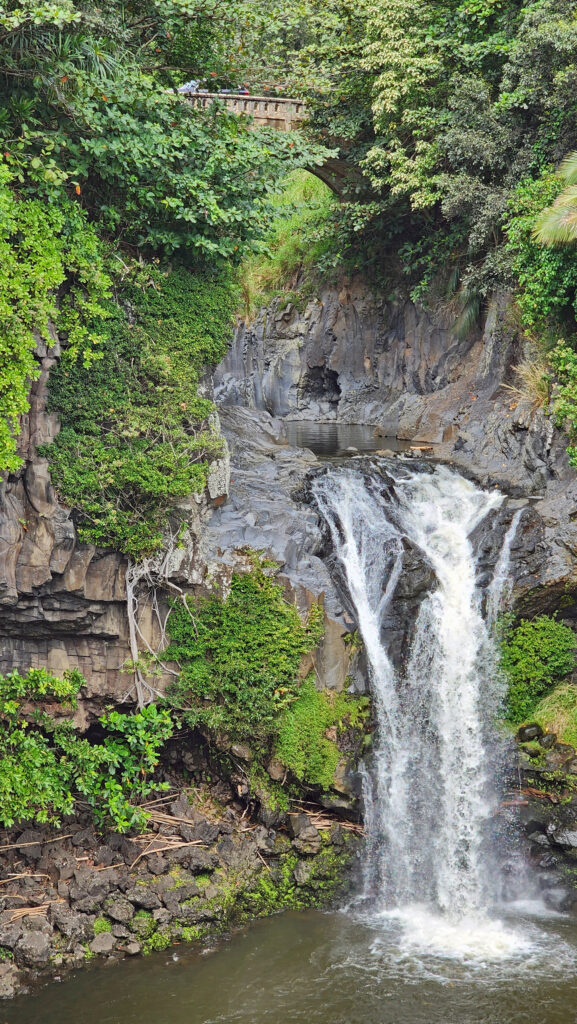
South of Hana, beyond Koki and Hamoa Beaches, the highway continues on to the Kipahulu section of Haleakala National Park. This is better known as the Seven Sacred Pools. We were there not long after a series of severe rainstorms battered the island, and the water in the creek was still high, so the pools were closed to swimming. But the shoreline is beautiful, there are several small waterfalls, and there’s a hiking trail to a couple of bigger waterfalls up the mountain a ways.

Beyond Kipahulu, the other attraction is the grave of Charles Lindberg. (We missed the turnoff to it, though, so we didn’t see it on this trip.) This is as far as most people venture beyond Hana. But what most people don’t know is that the Pi’ilani Highway continues past the Lindberg grave, and is a back door to Hana, or in our case, an alternate route back to Kahului.
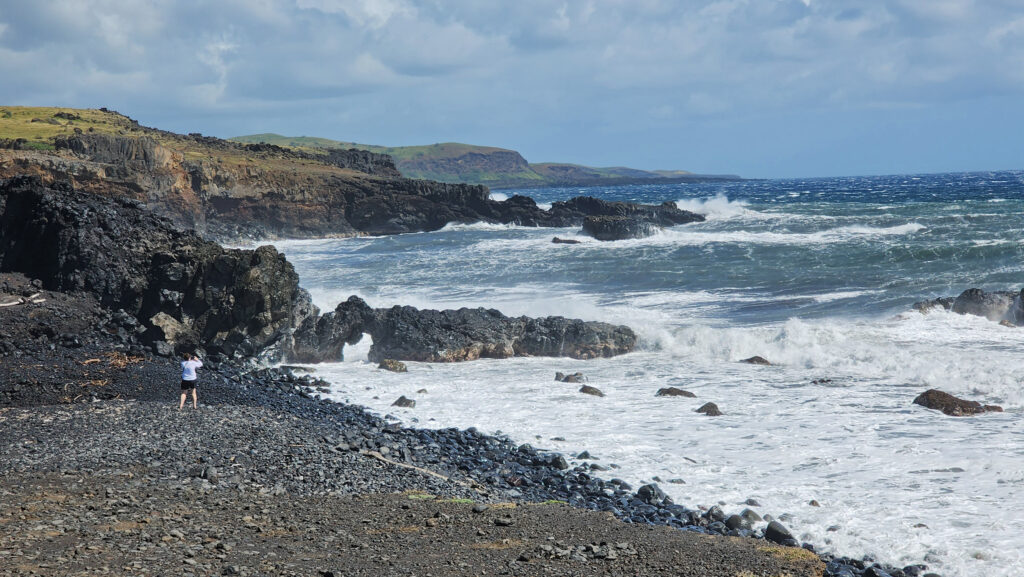
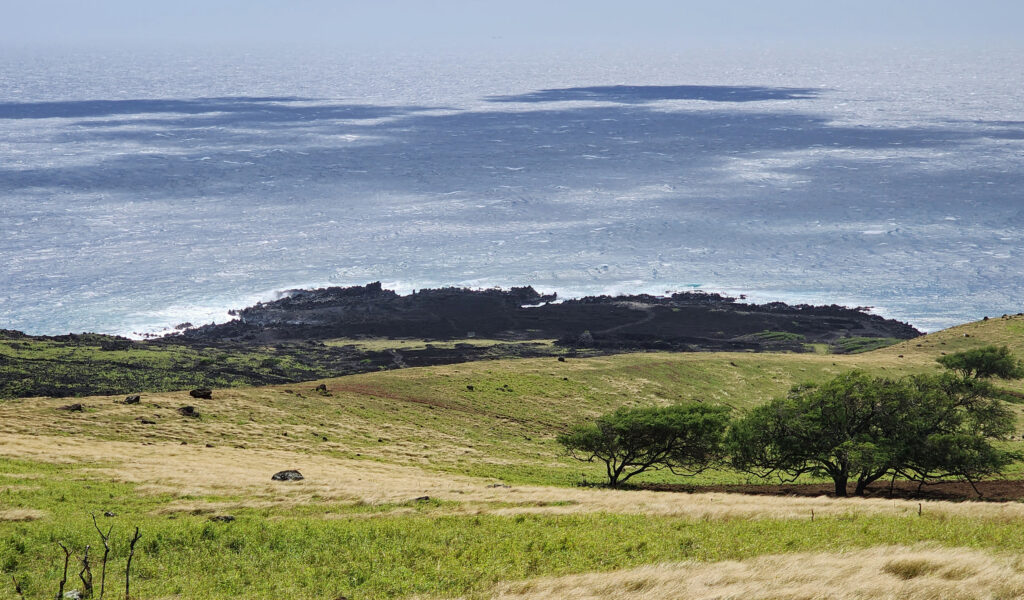
Calling it a highway is a bit of a joke, at least for the first twenty miles or so past the Lindberg grave. It’s even more winding than the Road to Hana, narrow, one lane mostly, with many blind corners, and short segments of gravel or dirt. It’s passable without a four wheel drive or high ground clearance vehicle, though, and it takes you along the wild and largely unpopulated southeast coast of Maui, an area few tourists can say they’ve seen. The road then traverses the southern slope of Haleakala to the town of Kula. From there, it’s a short hop back to Kahului.
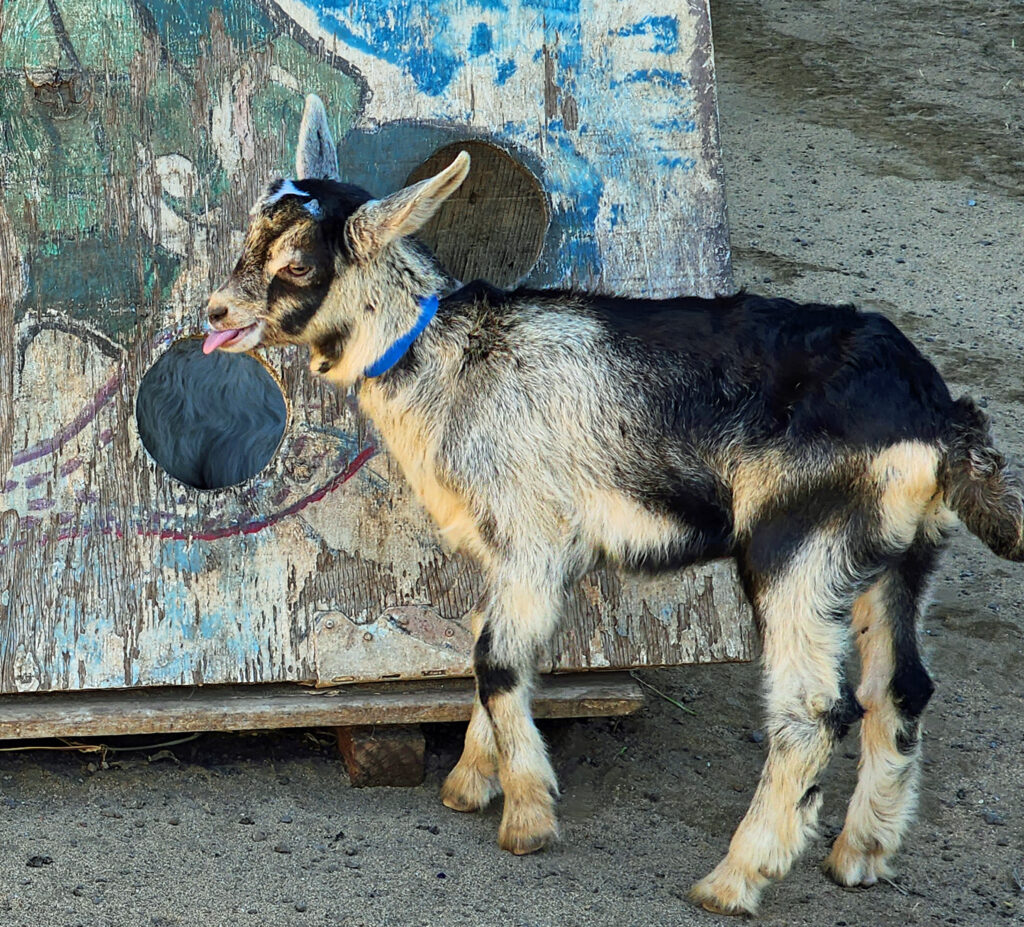
We made one last stop before between Kula and Kahului, the Surfing Goat Dairy , where we purchased some goat cheese and chocolates. It’s an interesting place (check out their website) and the baby goats were adorable. We ended our Hana adventure with a pit stop at the Ale House in Kahului for dinner and a pint or two.
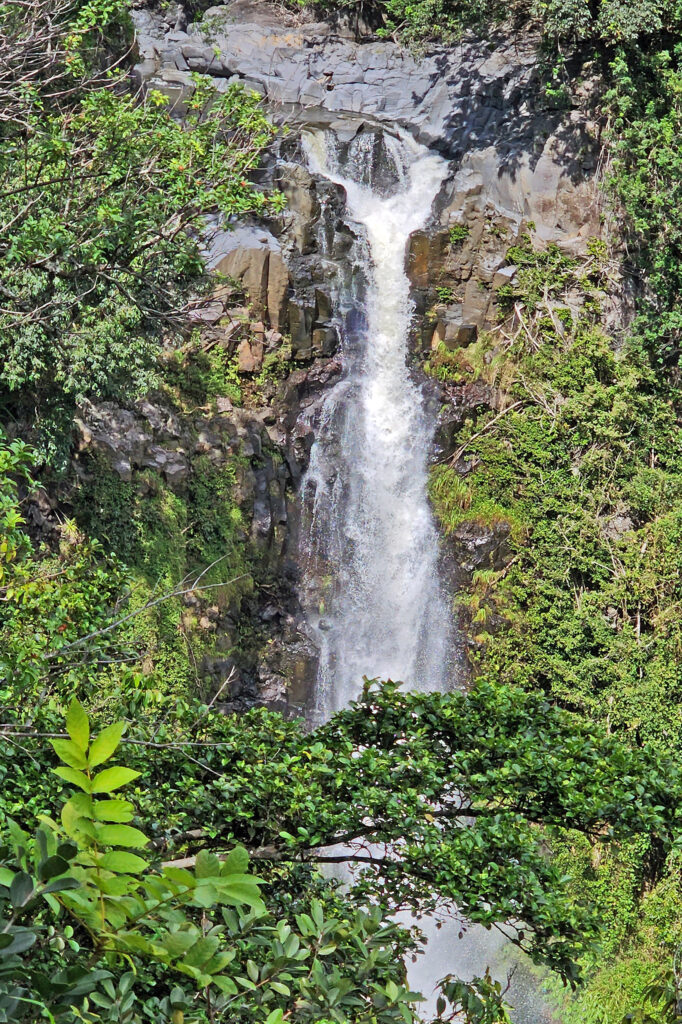
Our trip to Hana was an interesting adventure. I’m not sure we’ll go back, but I wouldn’t have missed it for anything. If you’ve never been to Hana and can fit it into your itinerary, it’s definitely worth the trek, at least once. The Hana area is wild, beautiful, and unique, quite different from the more traveled parts of the island. For an overview of the rest of Maui, click here.
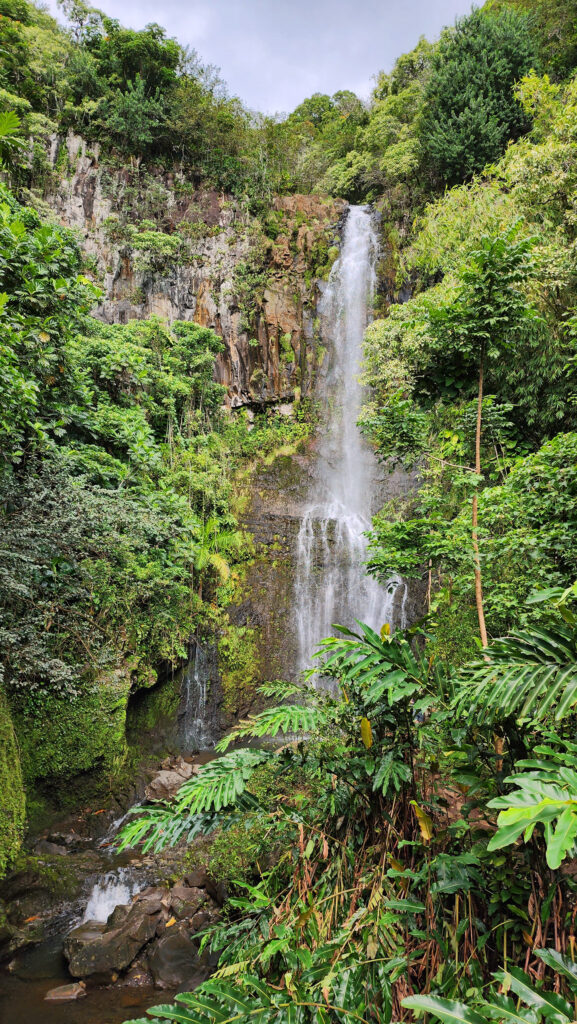
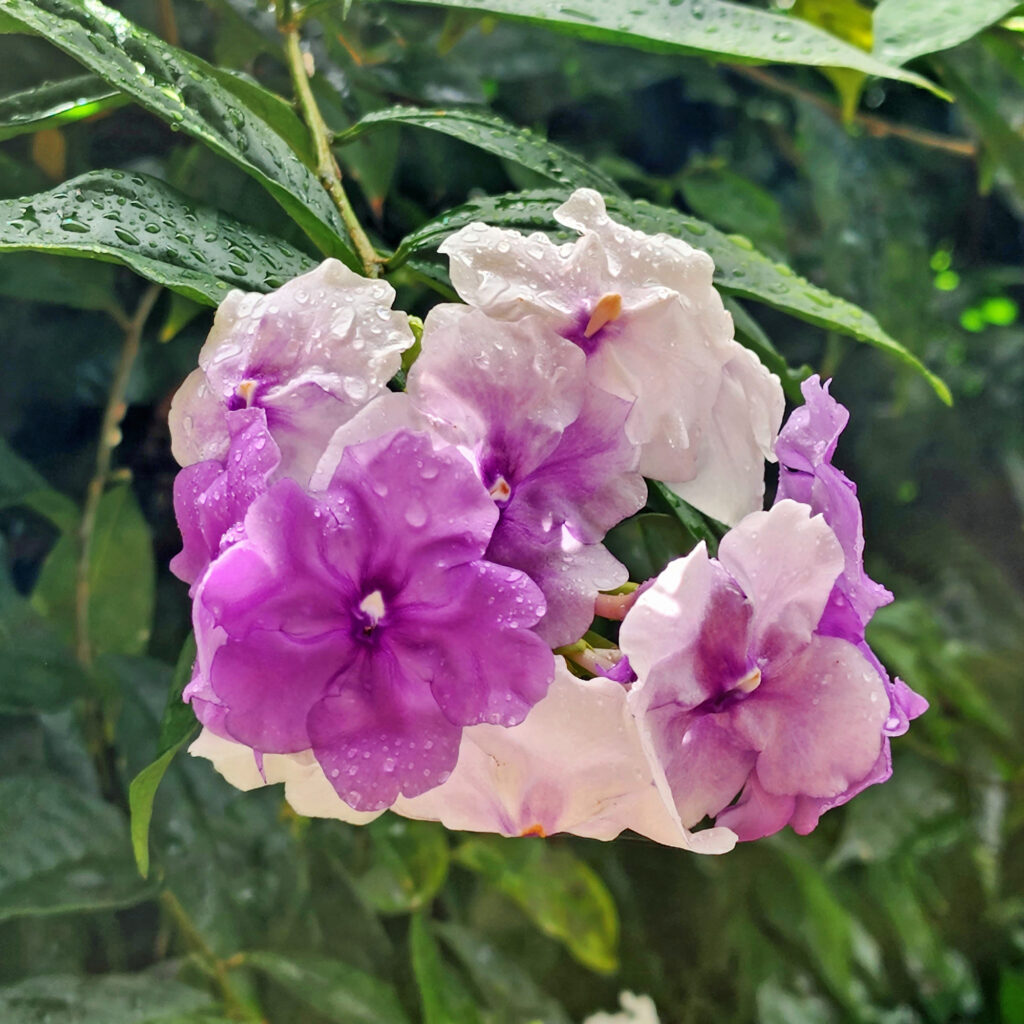 Posted March 3, 2023.
Posted March 3, 2023.
All photos © Alan K. Lee, except as noted.

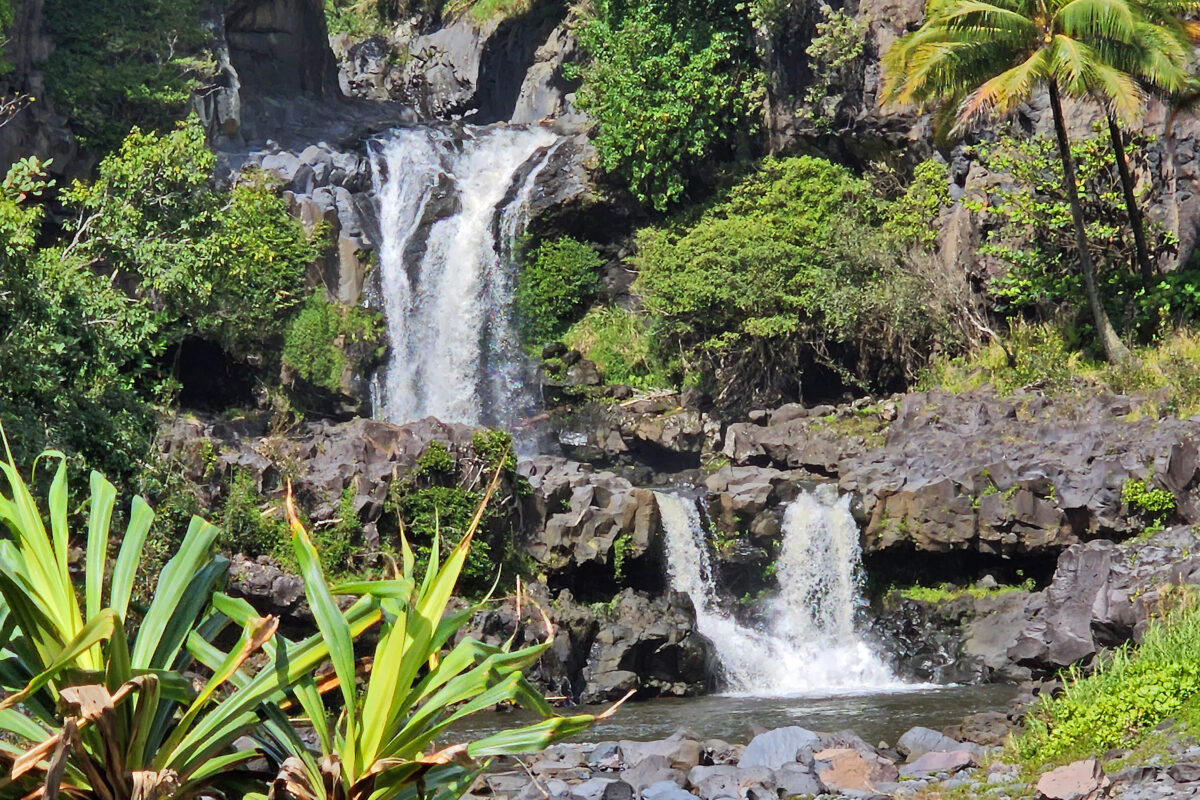
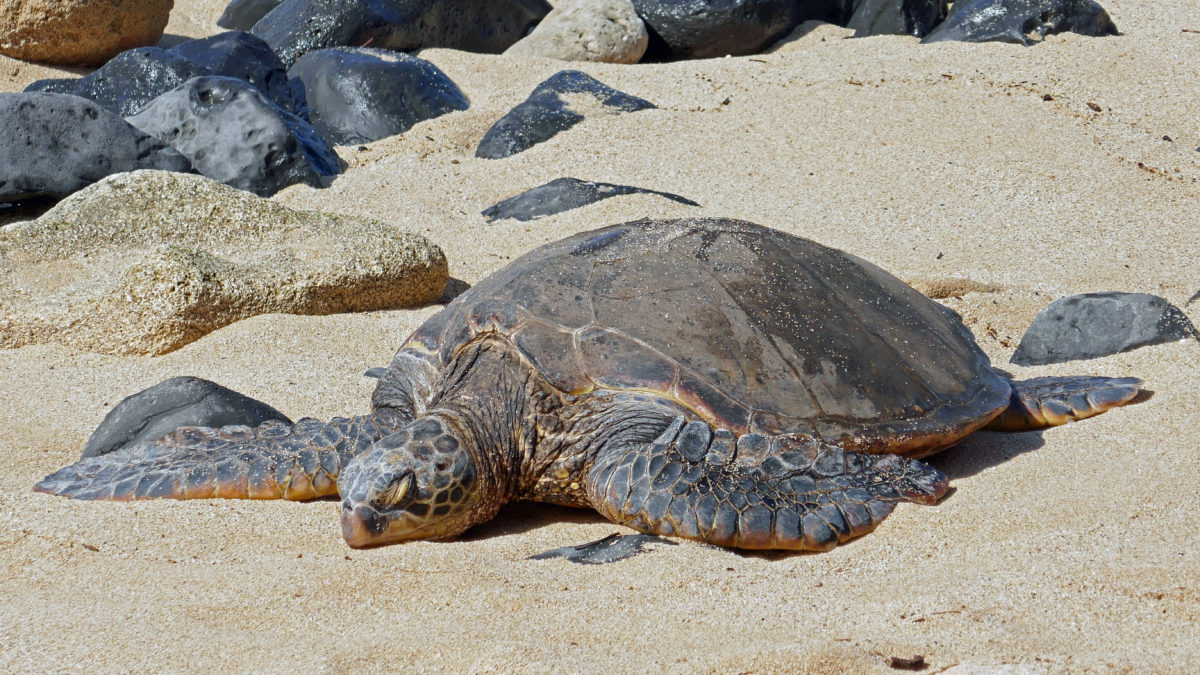

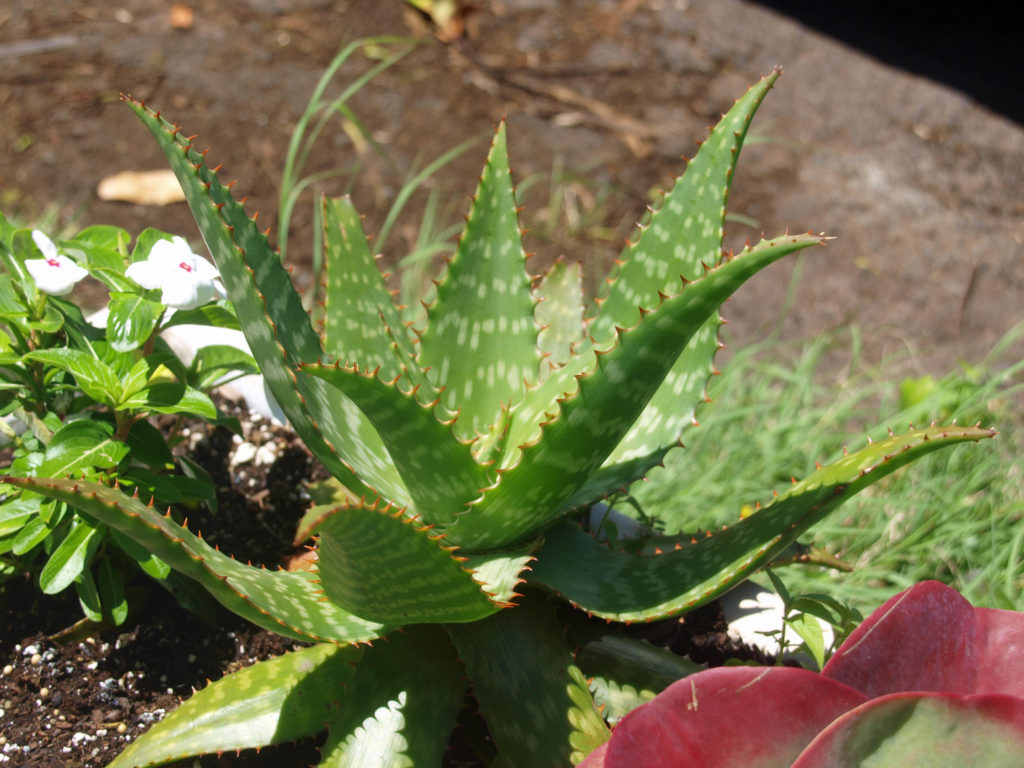
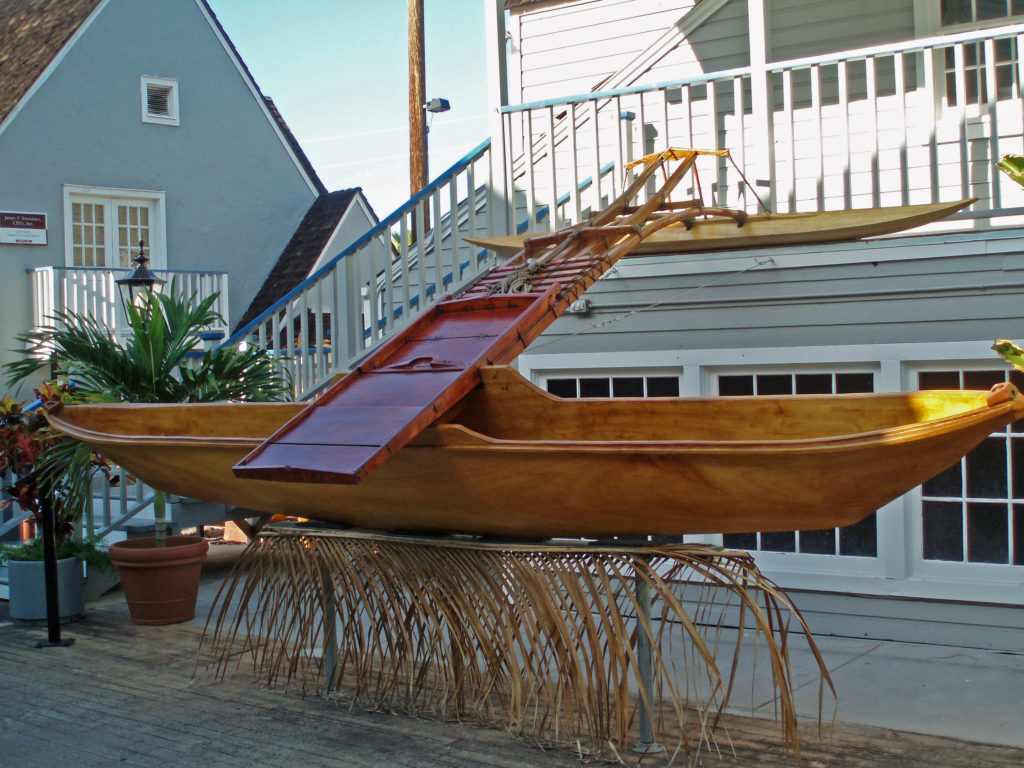
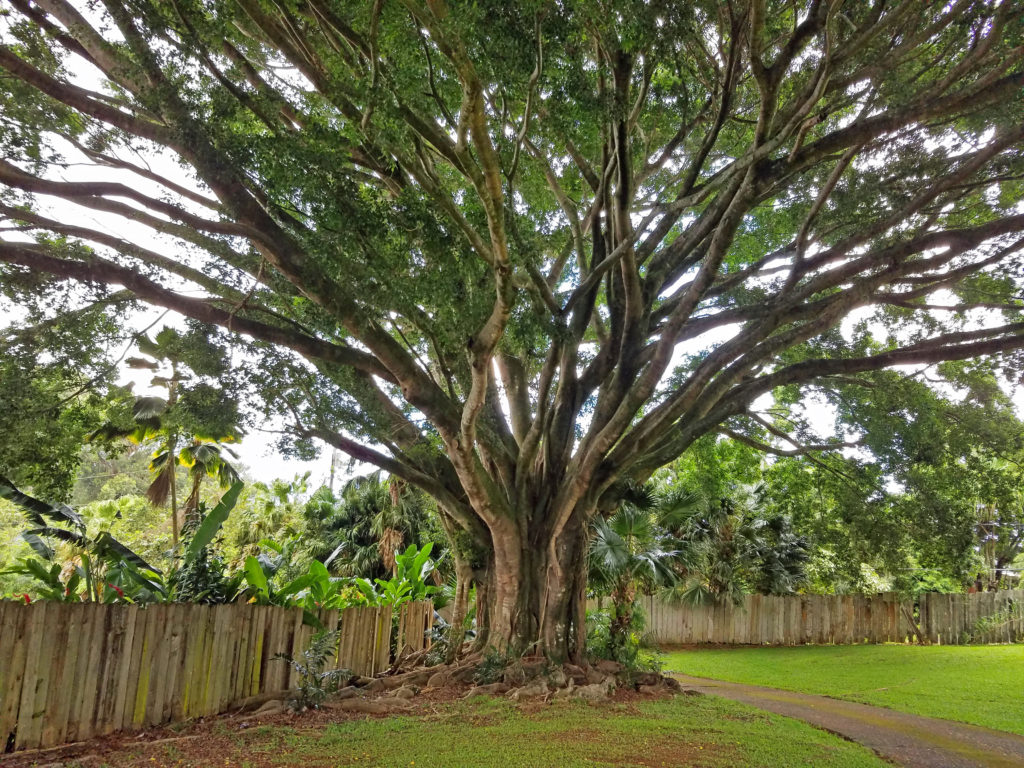
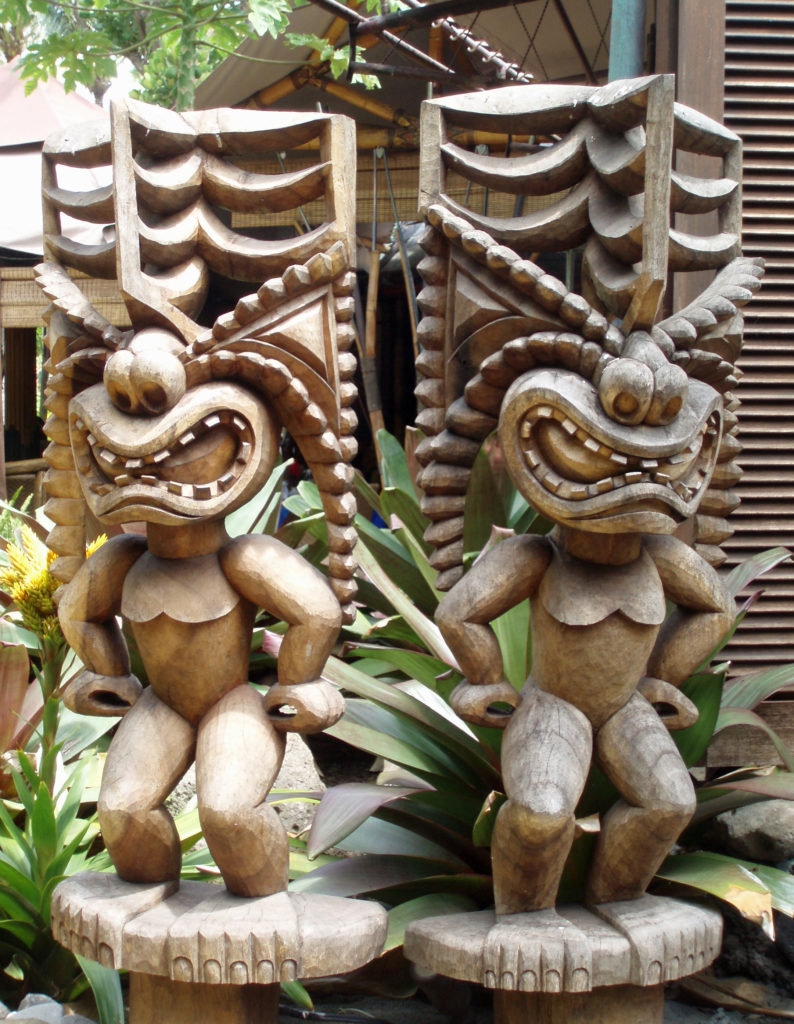
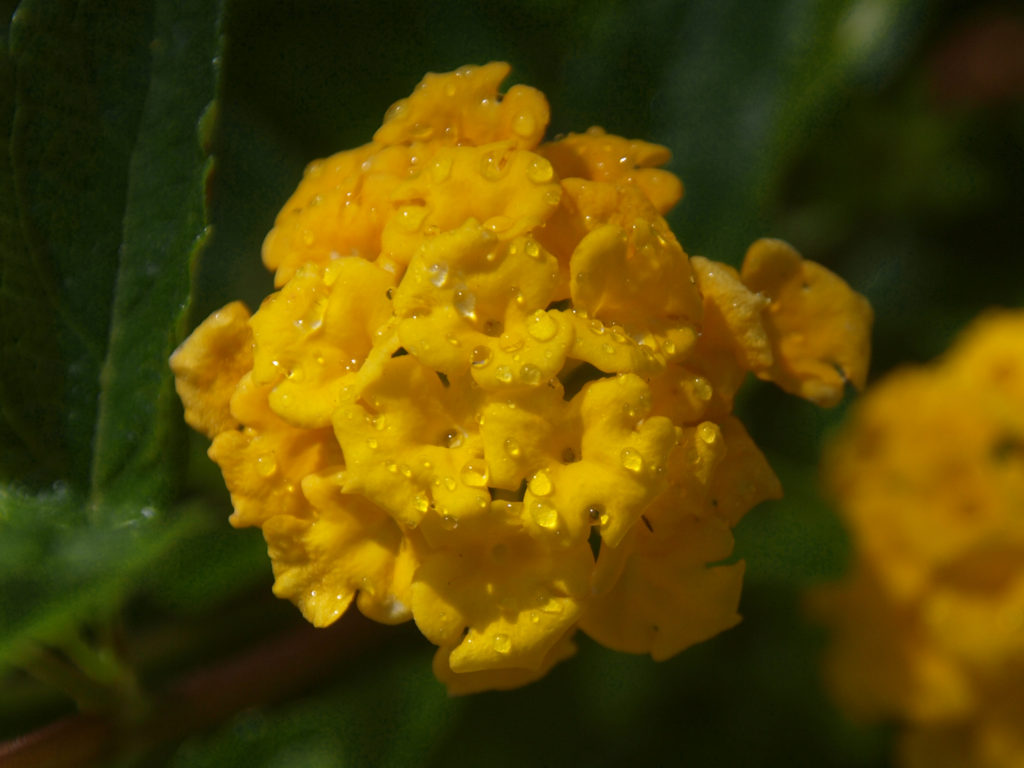
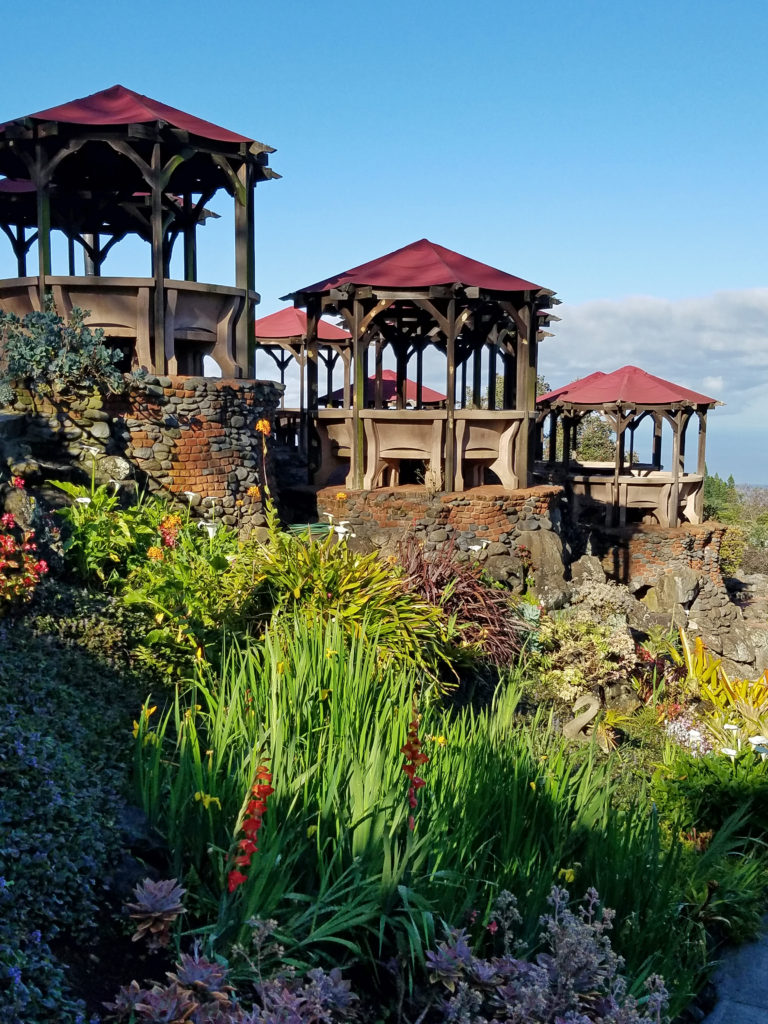
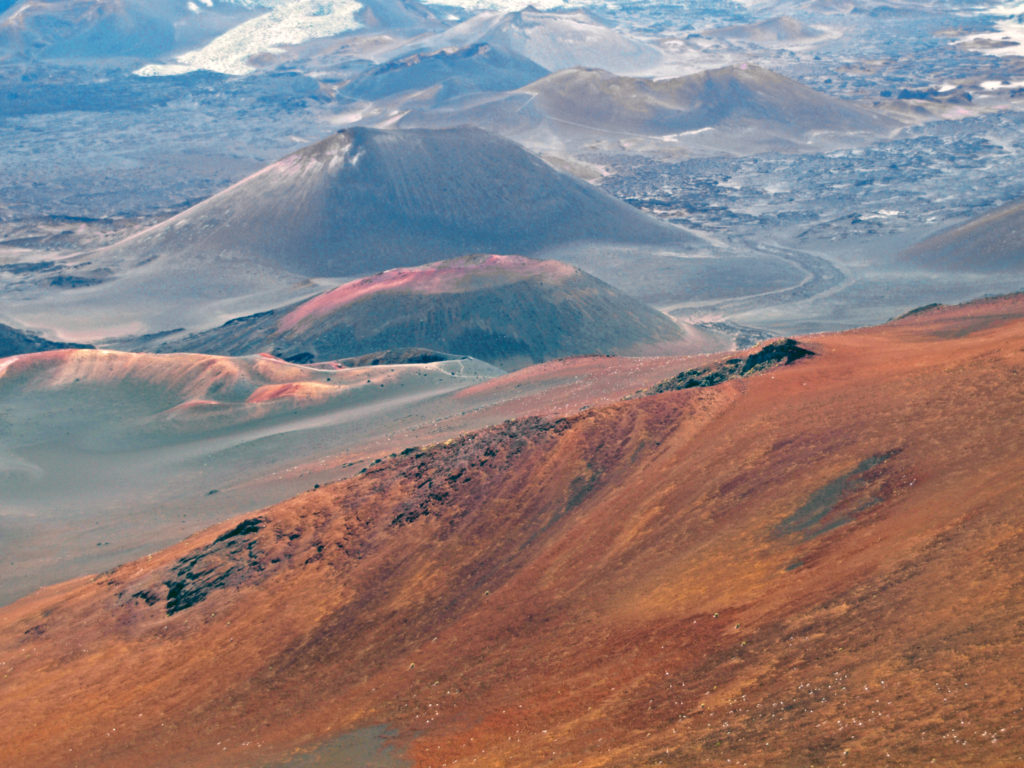
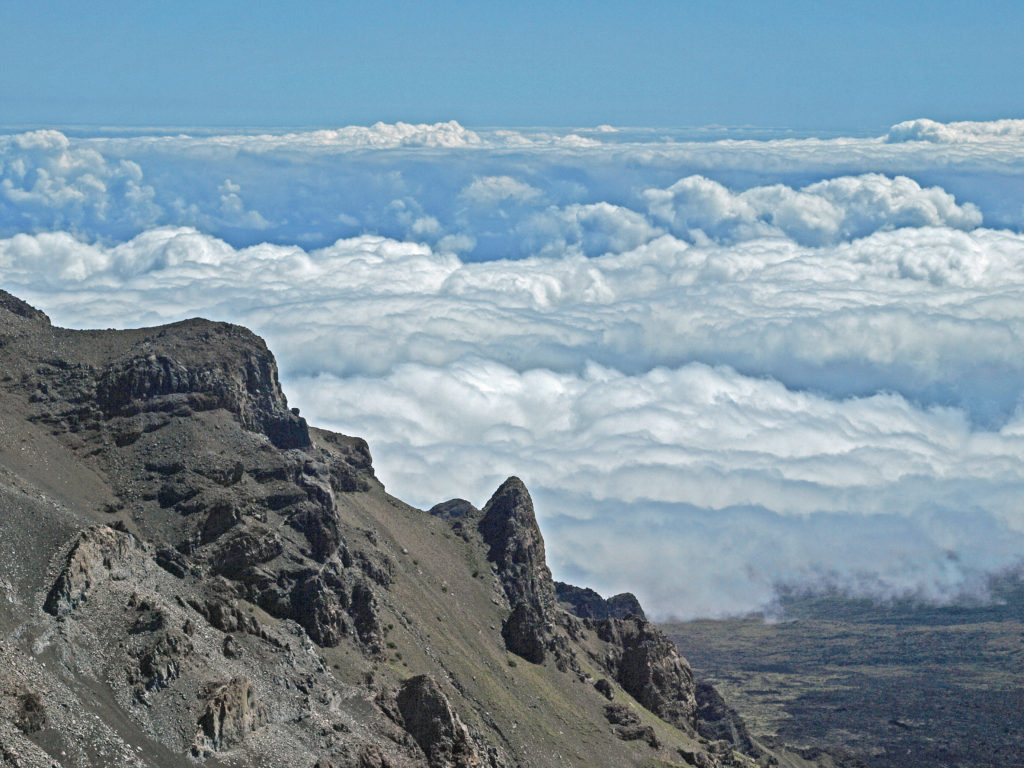
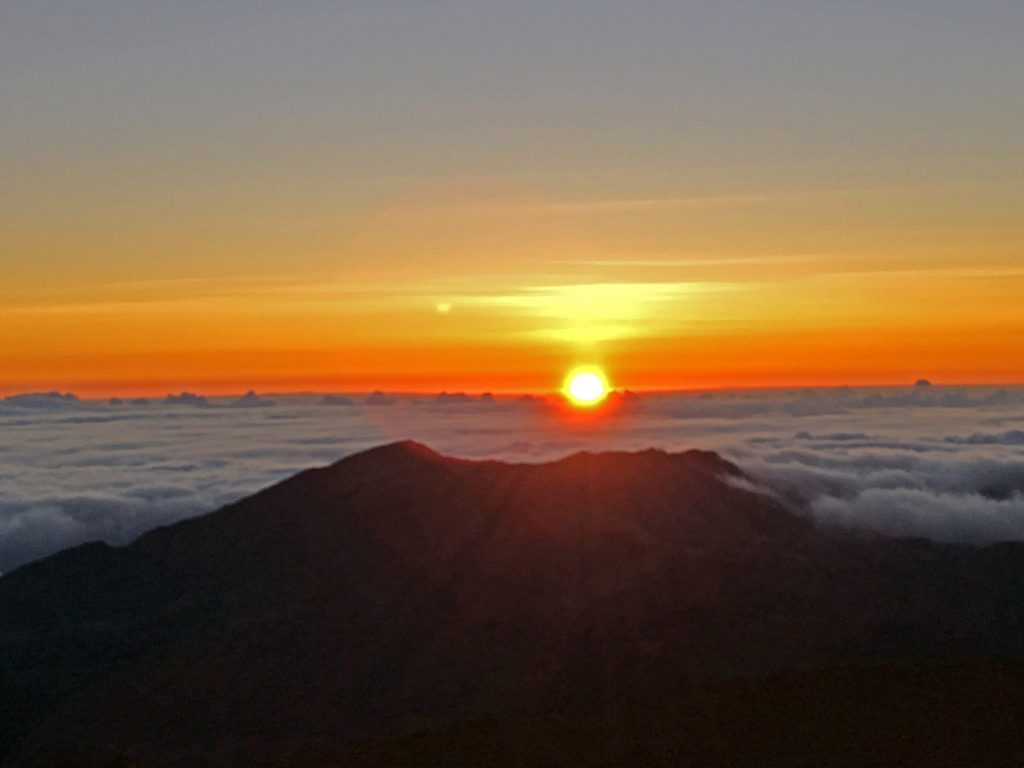
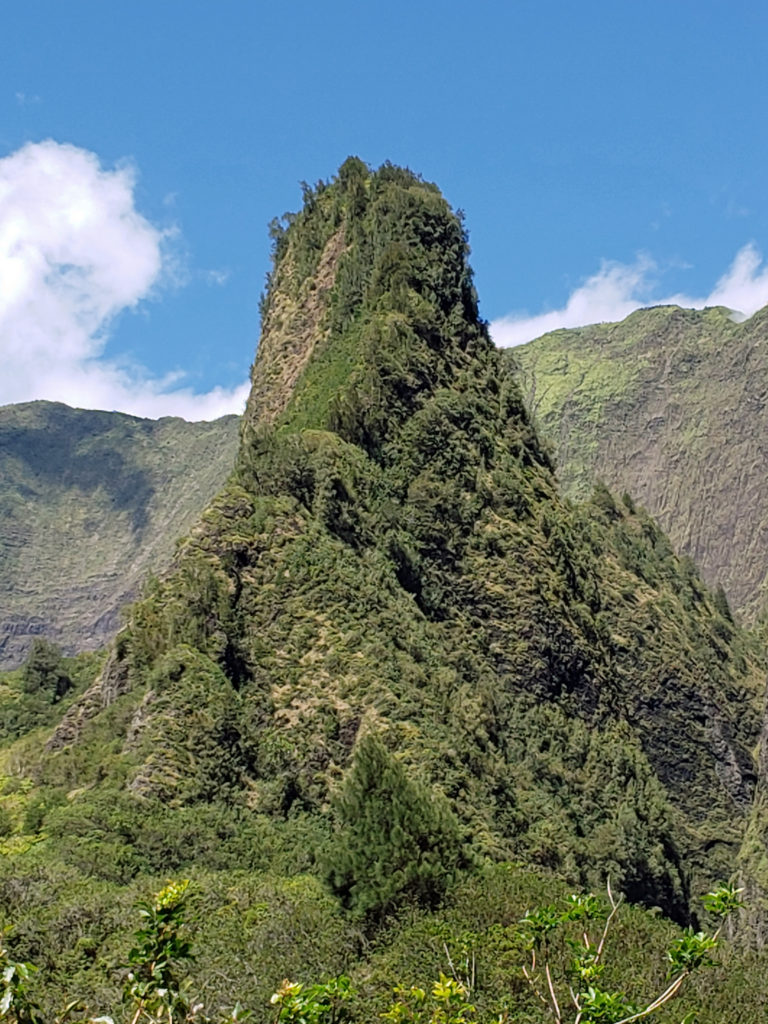
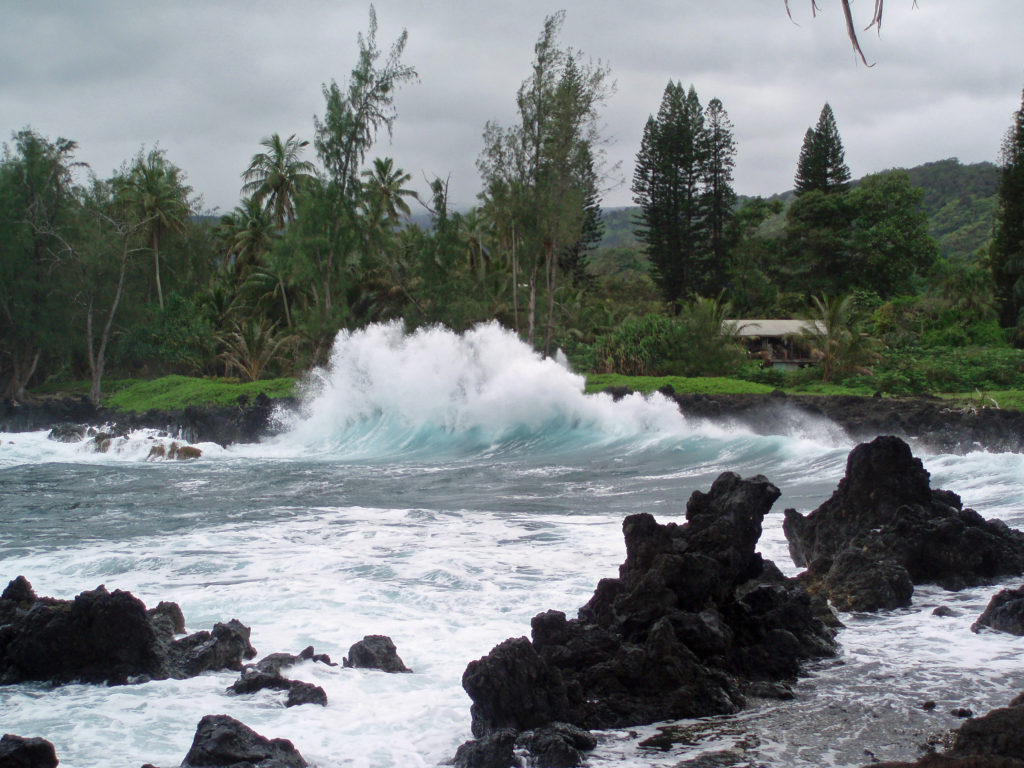
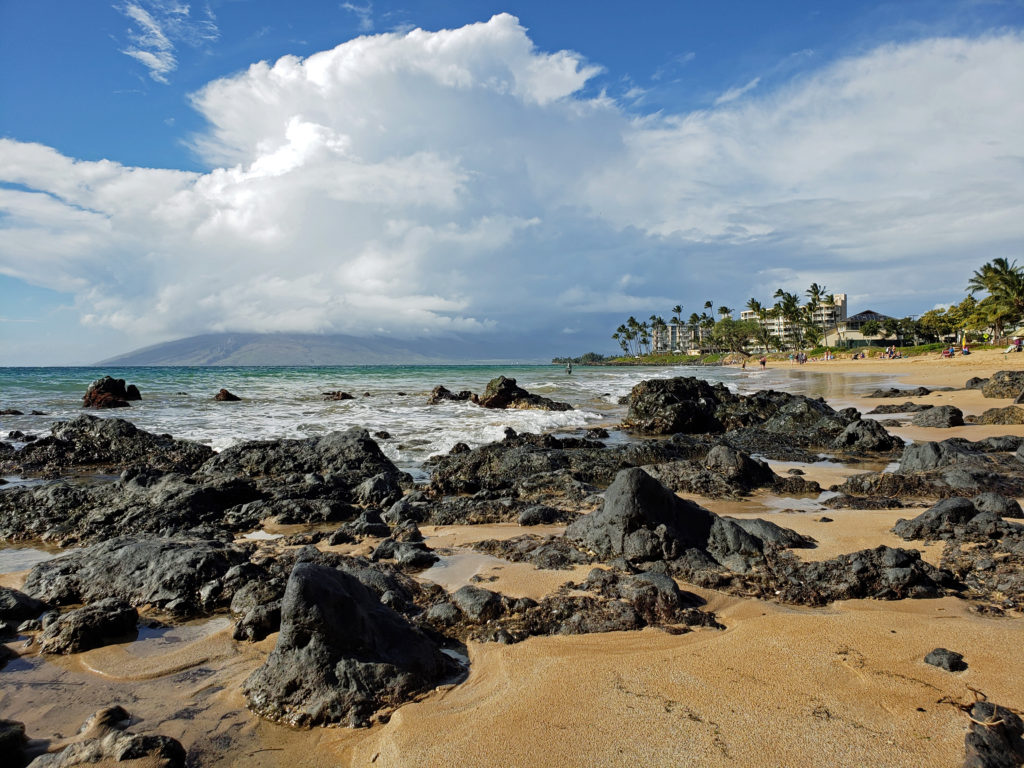
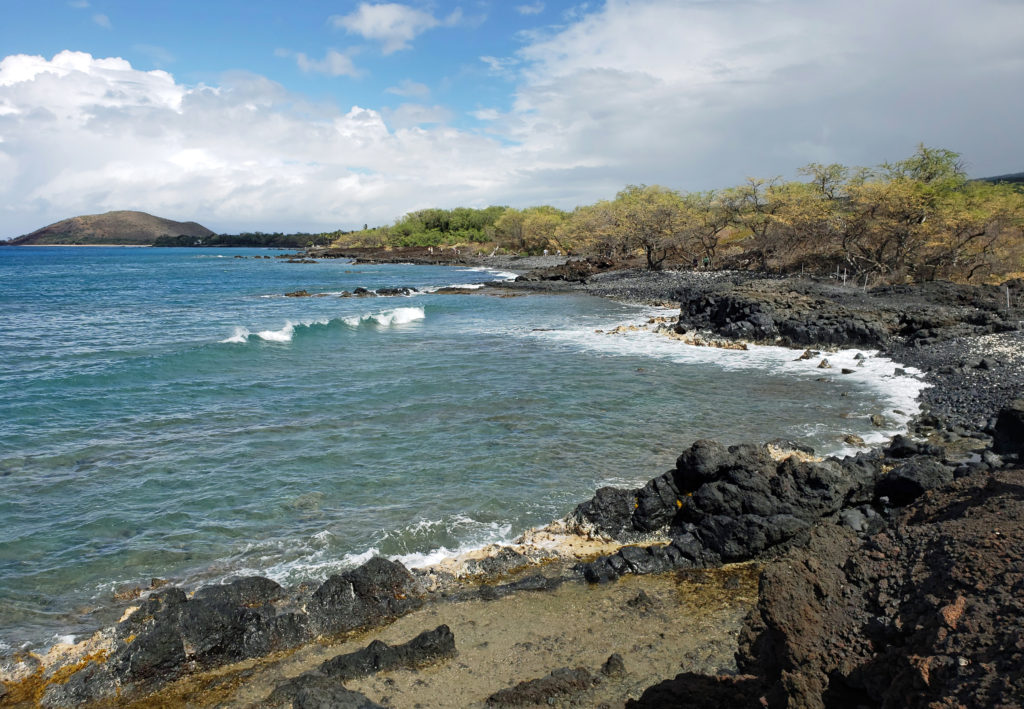
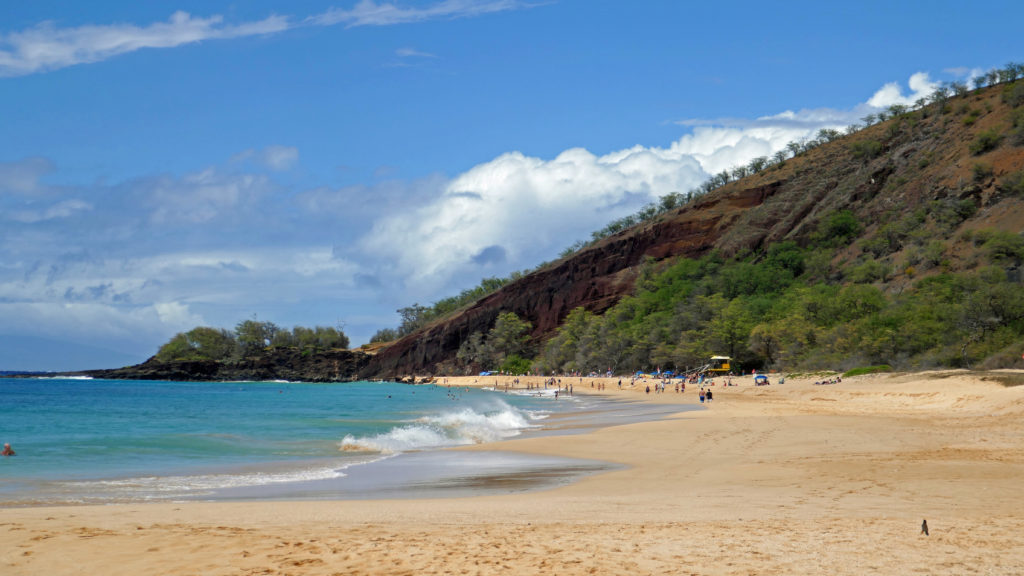
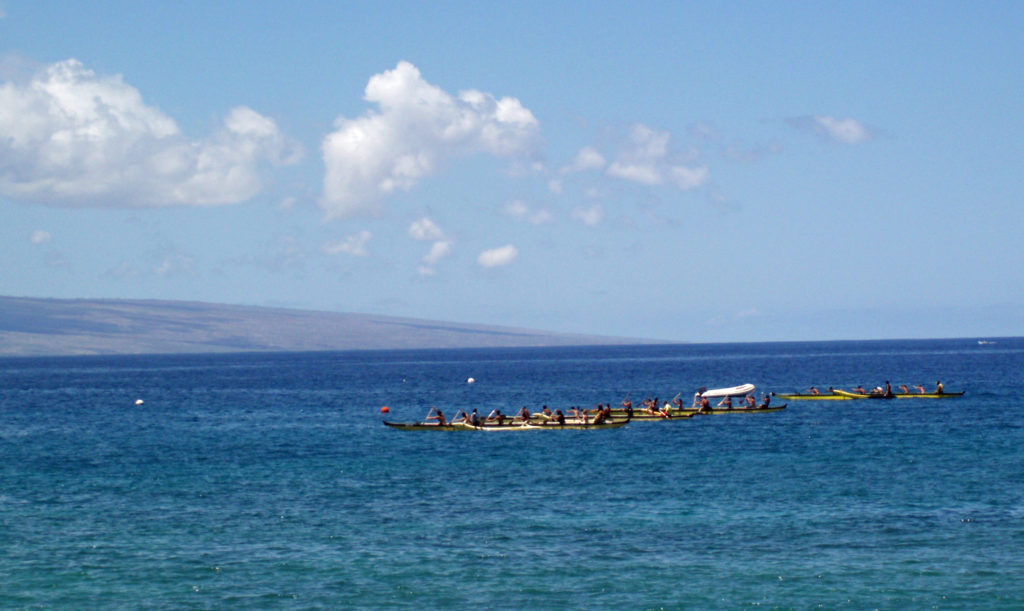
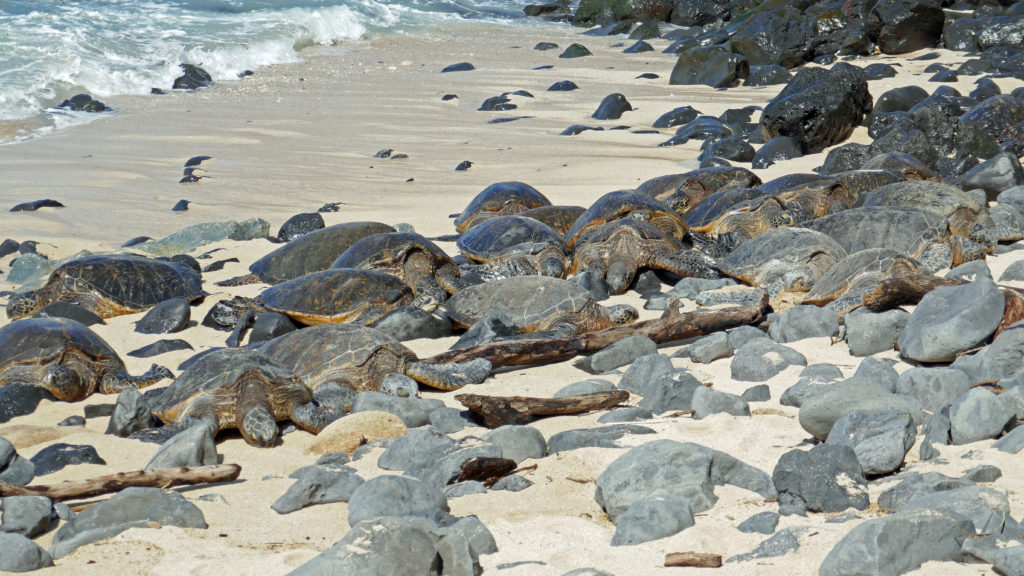
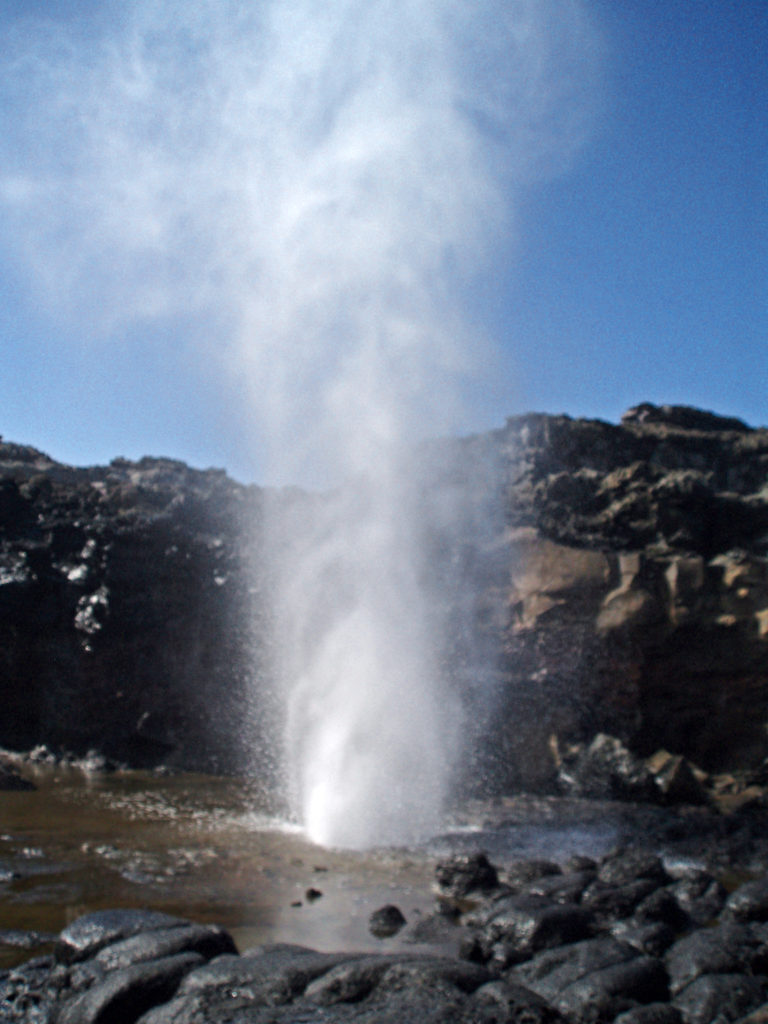
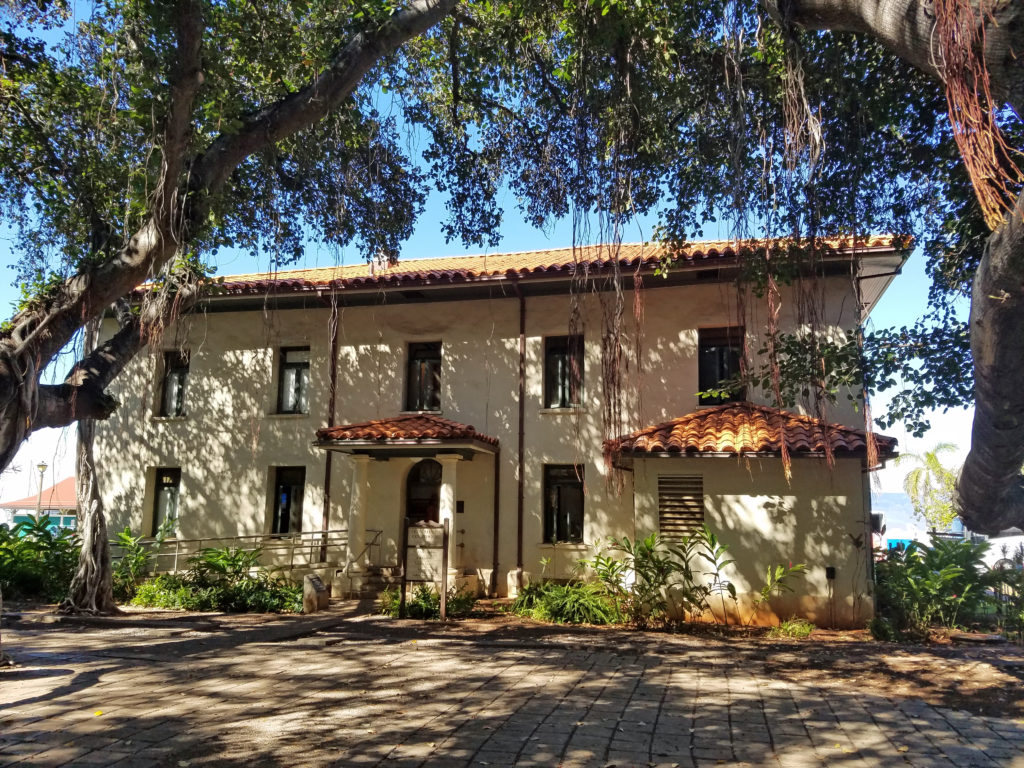
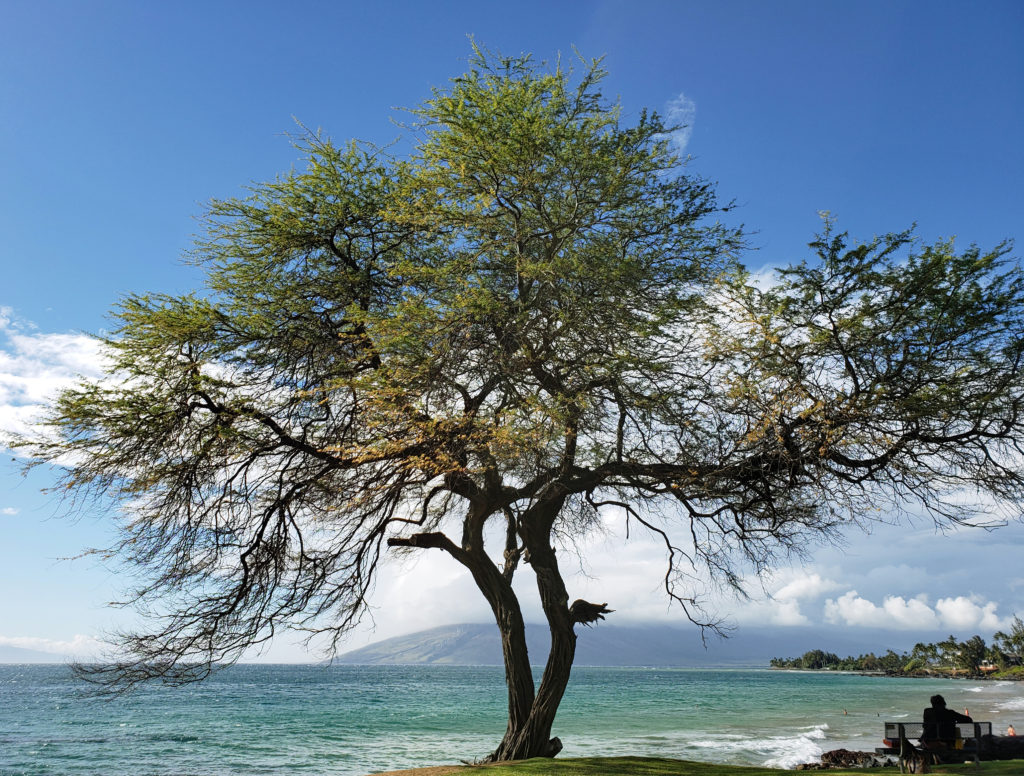
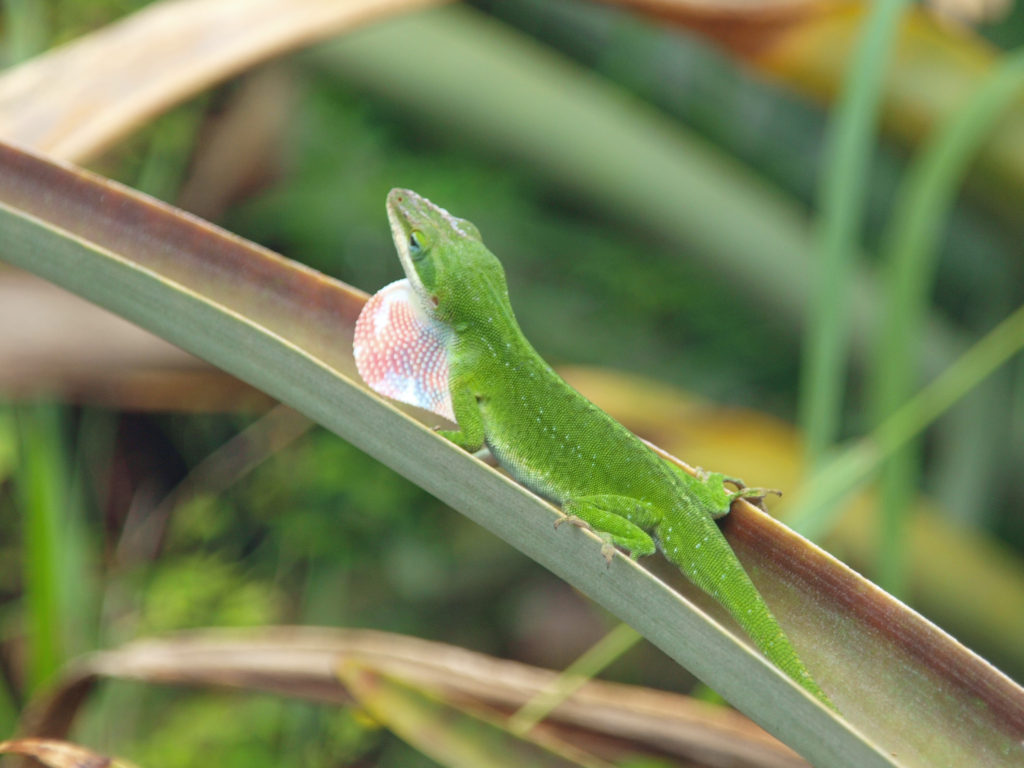
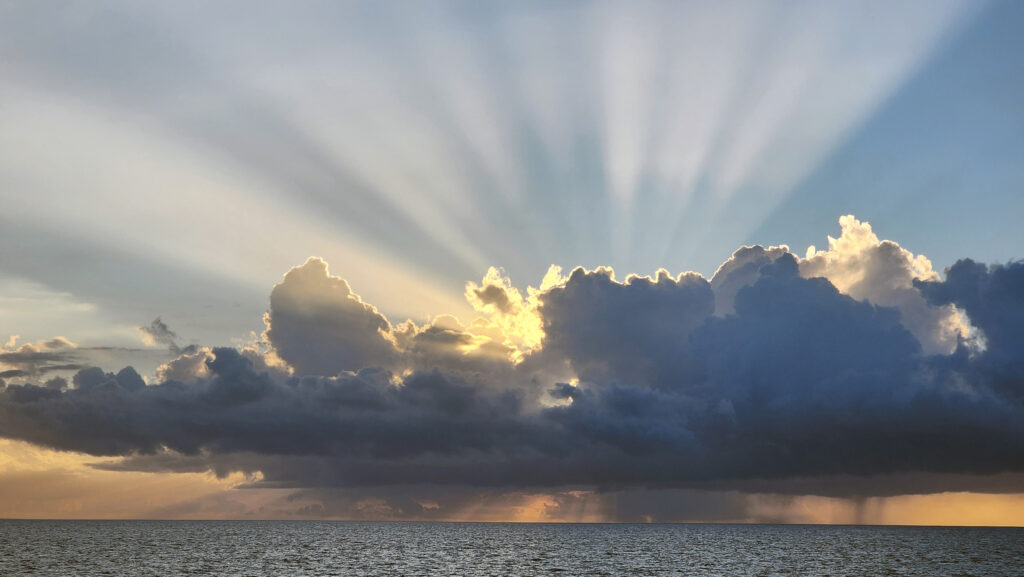
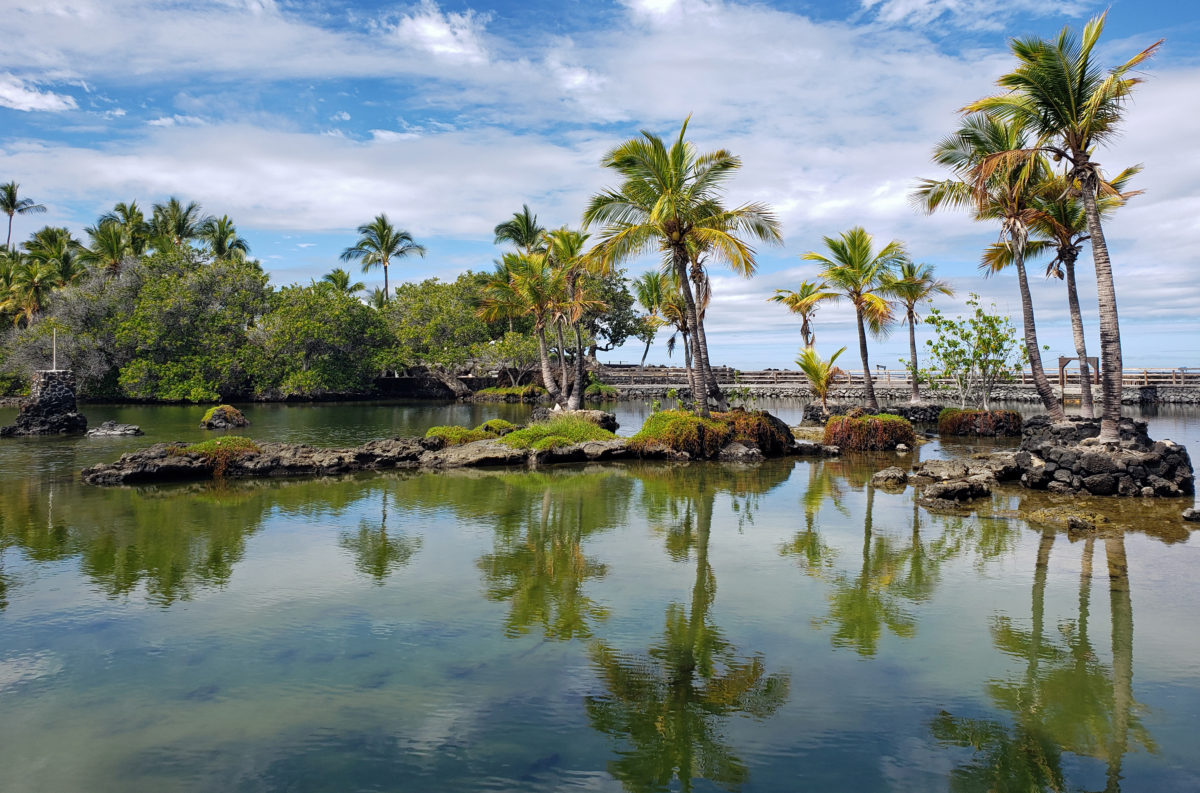
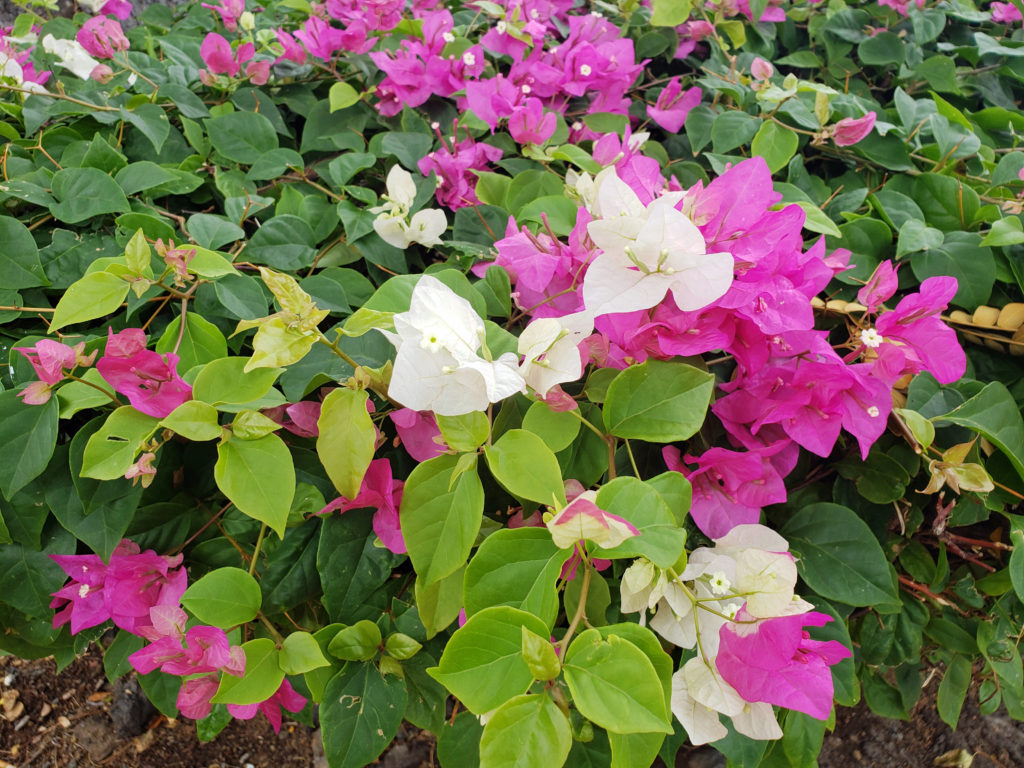

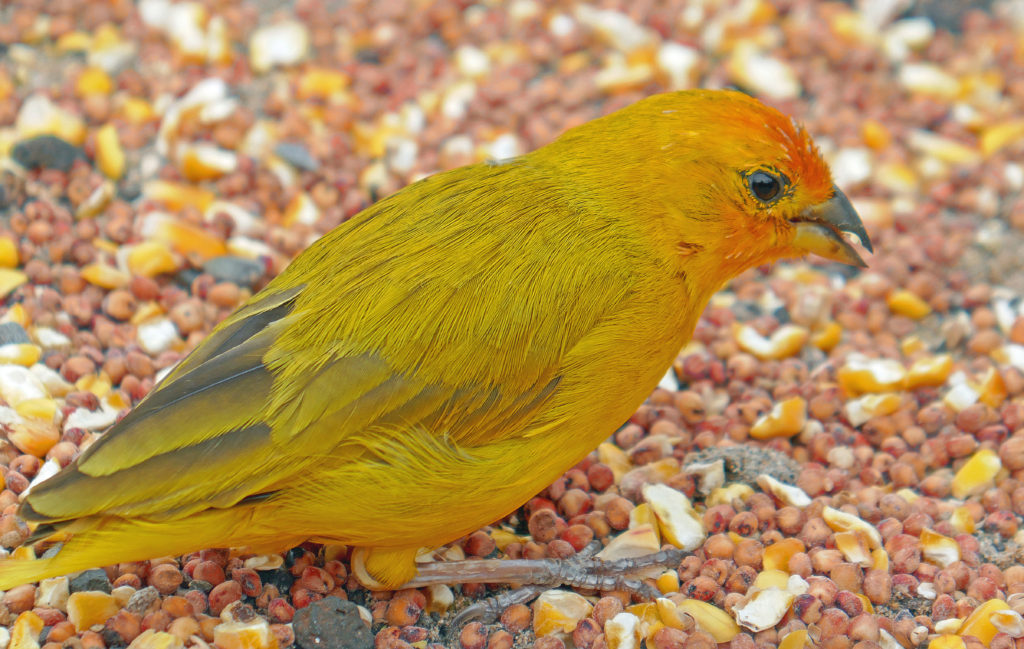
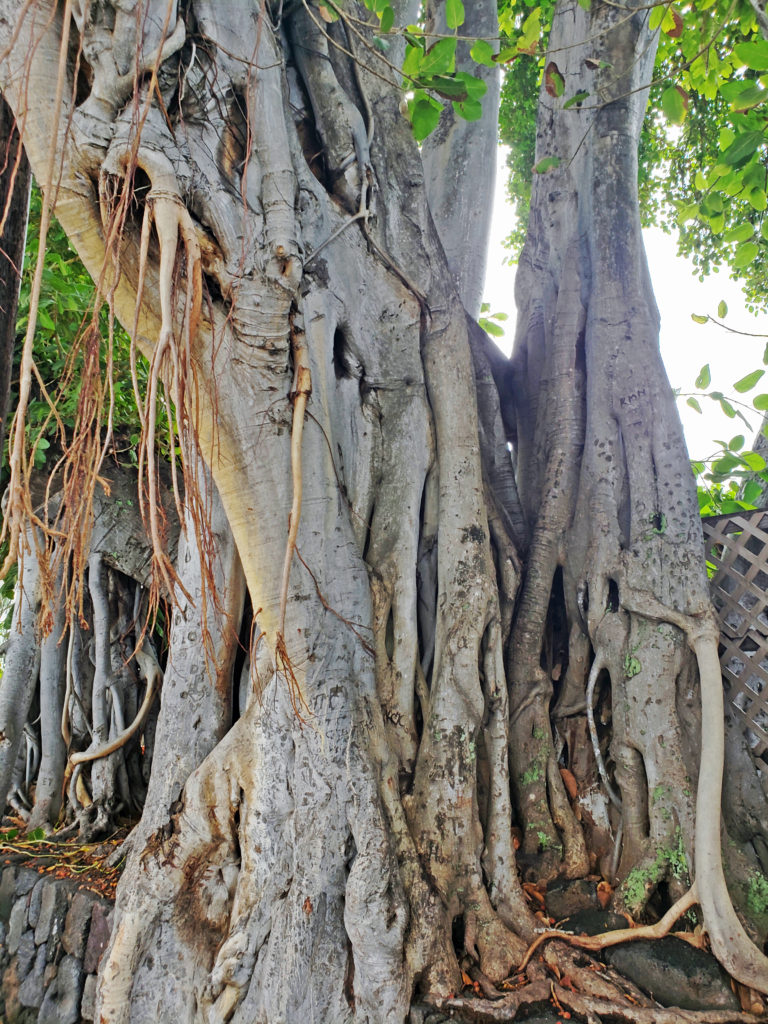
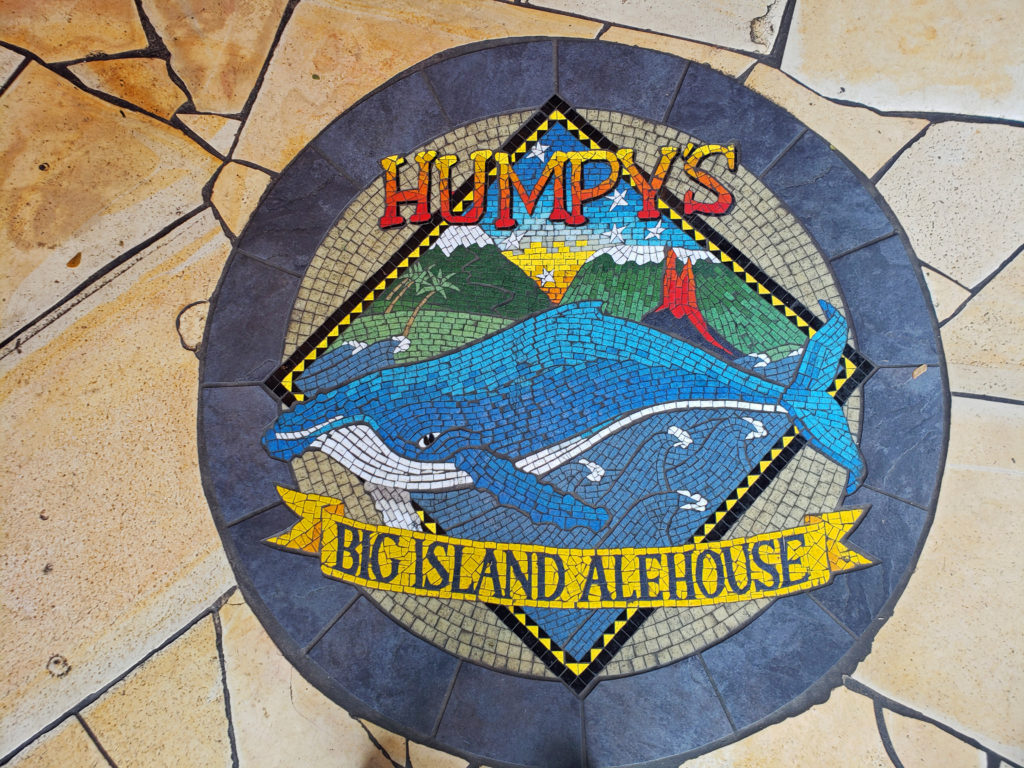
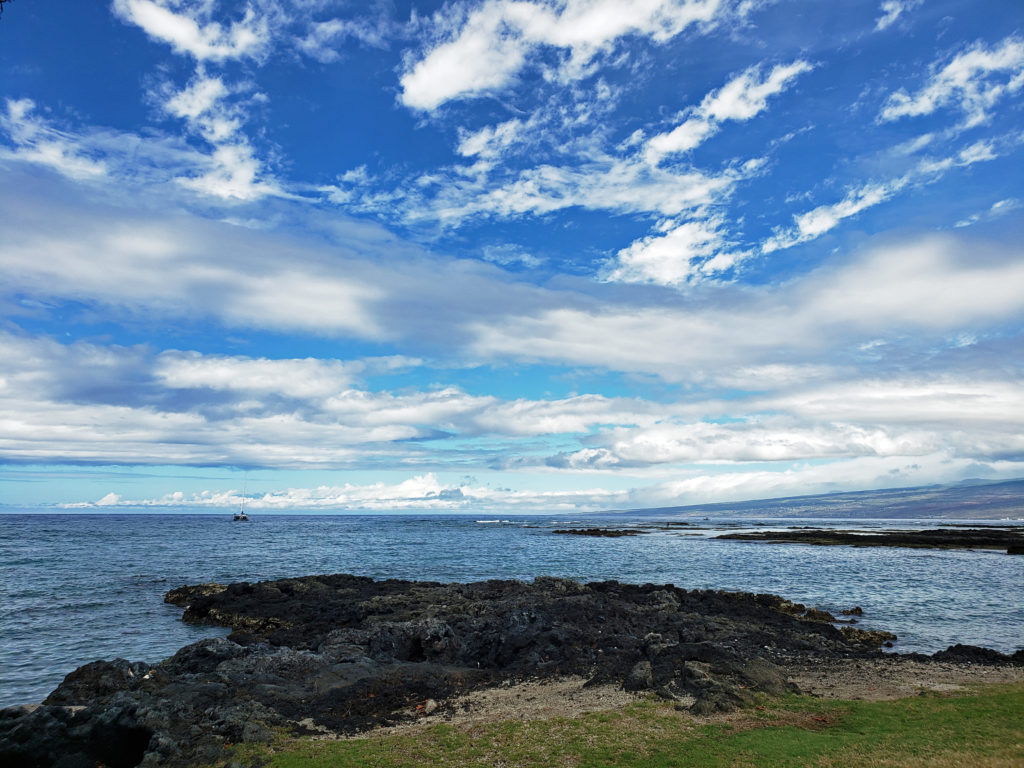
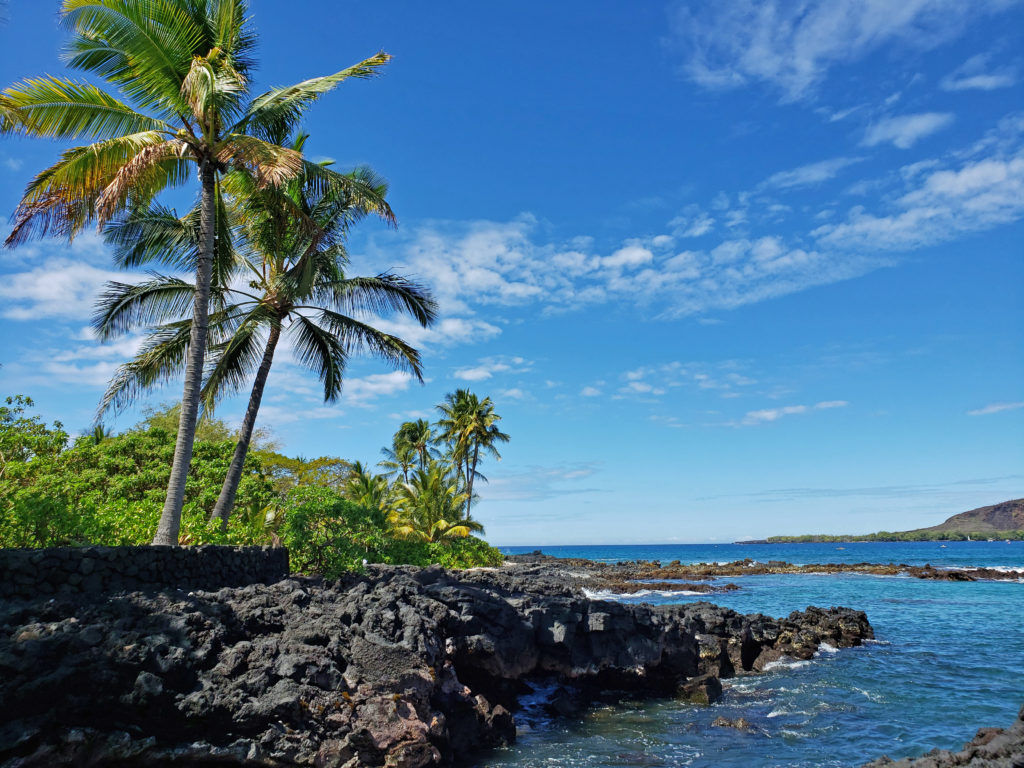

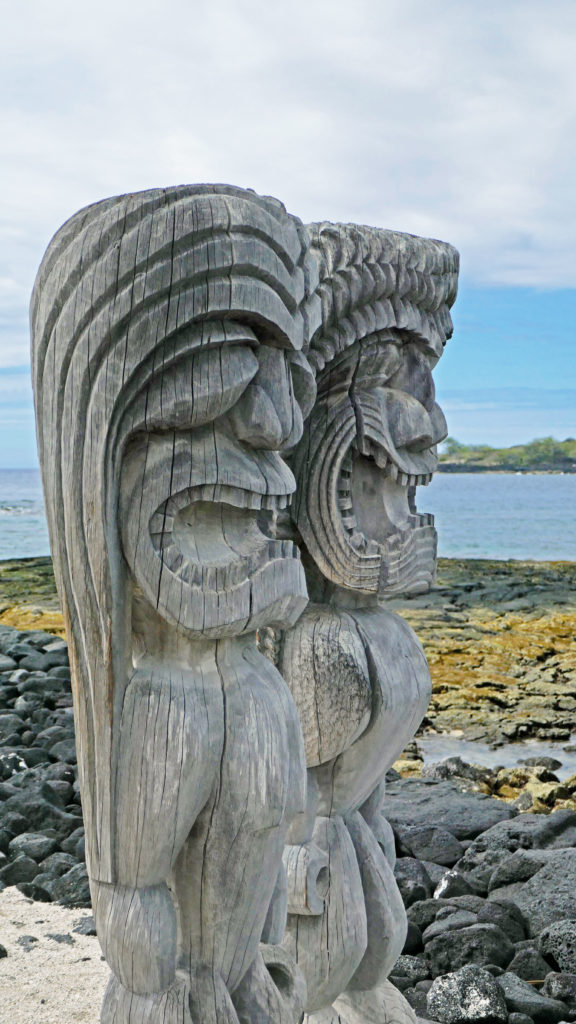
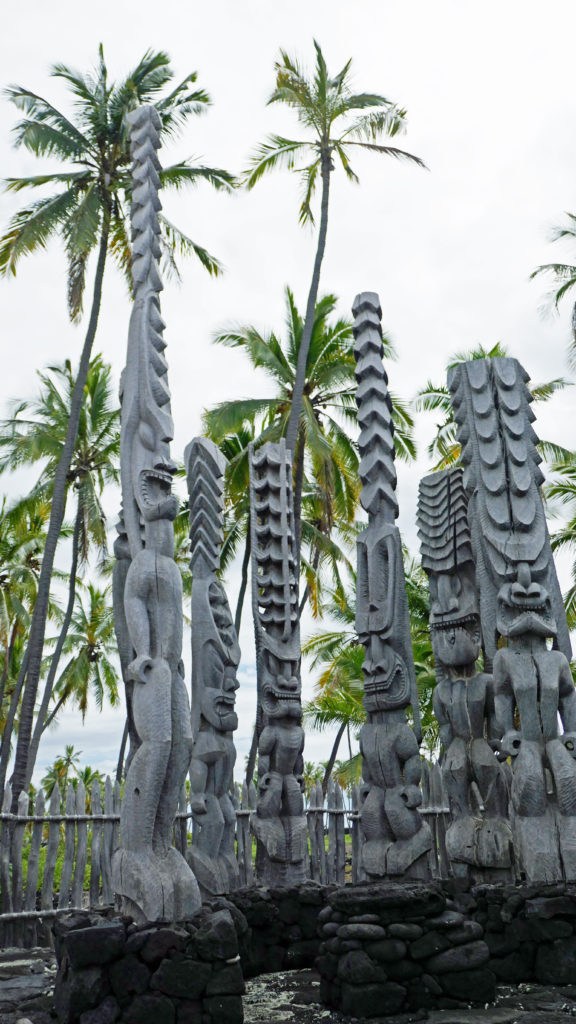
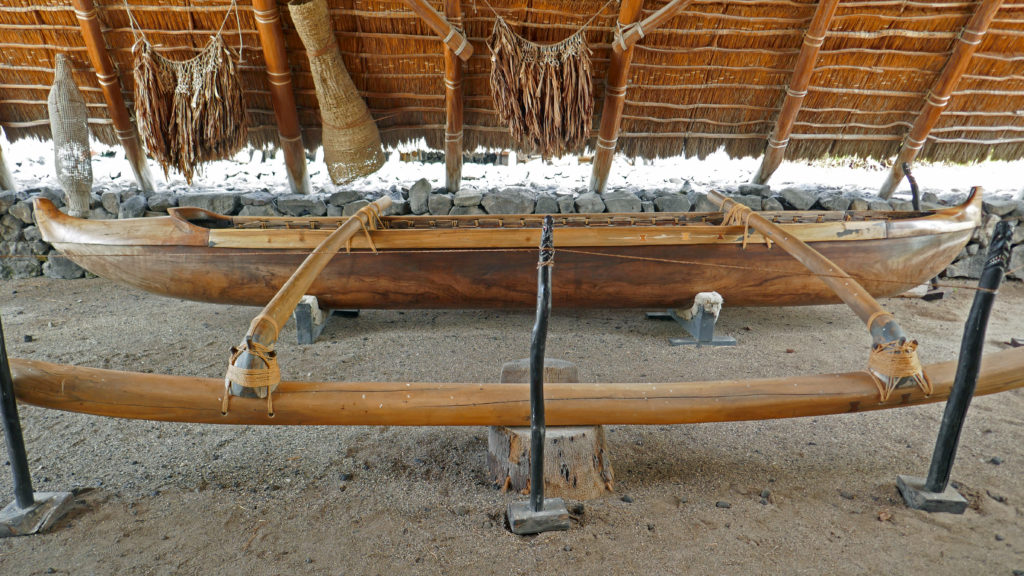
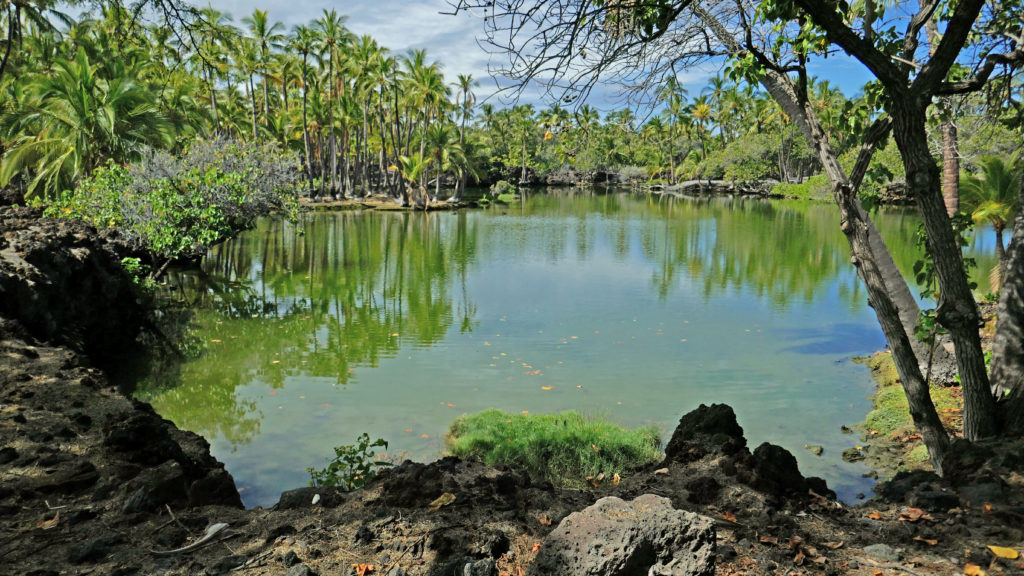
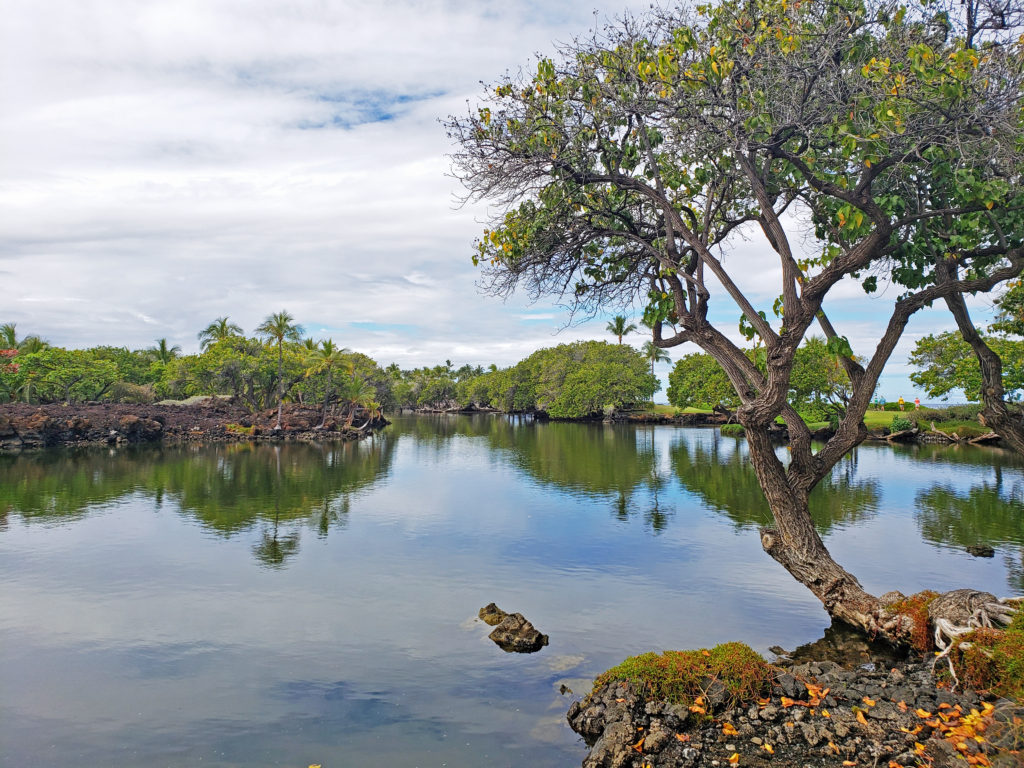
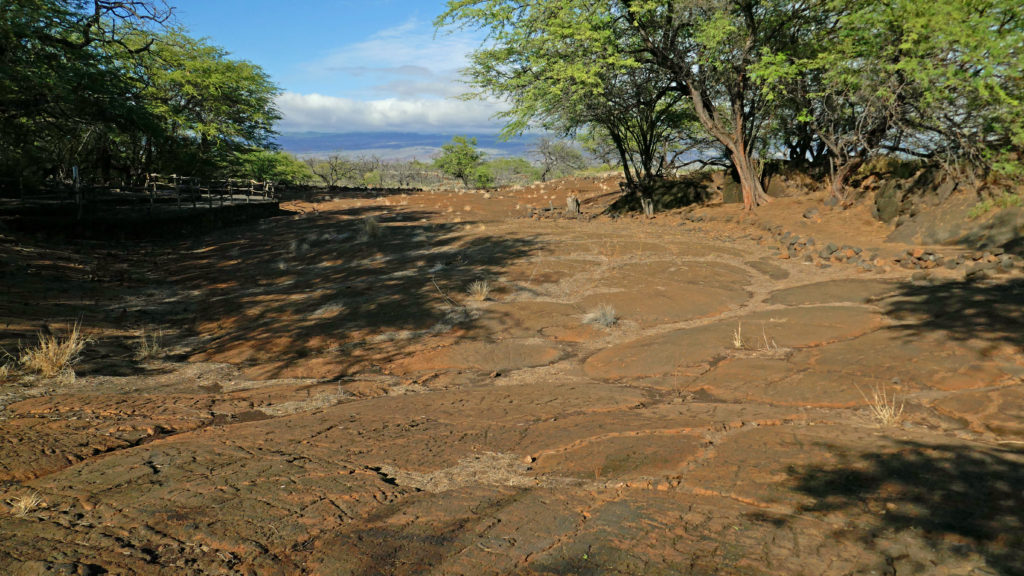
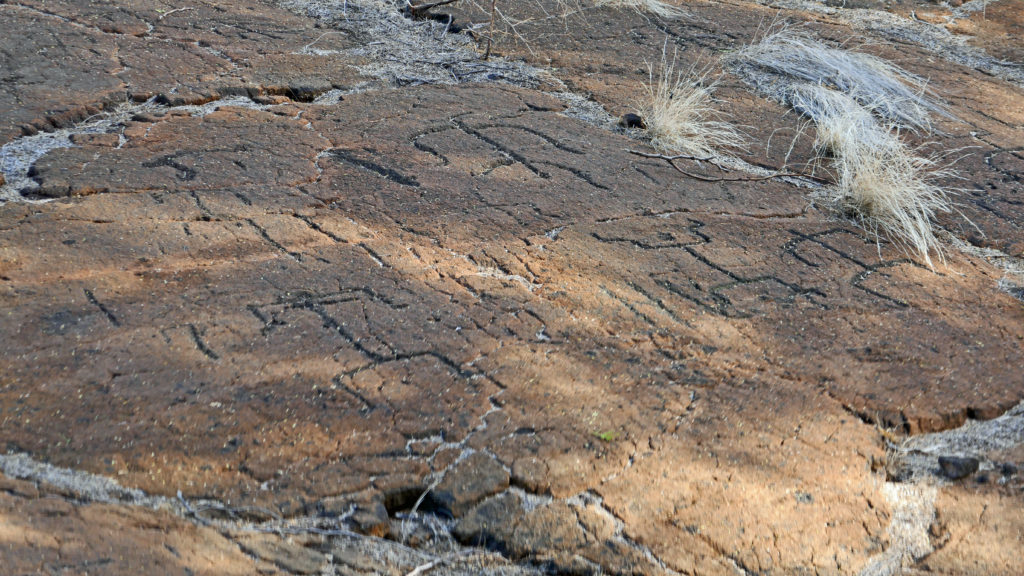
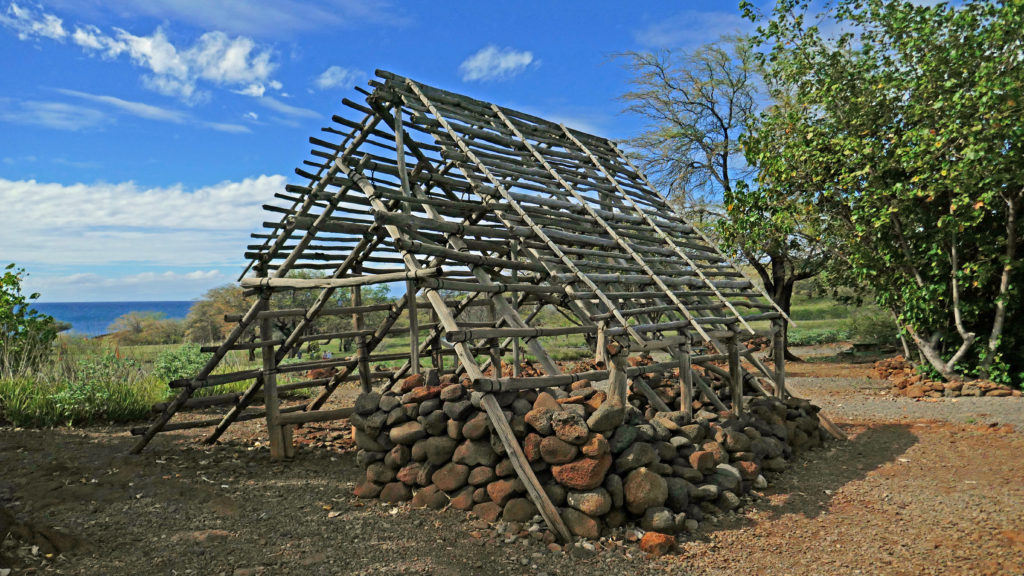
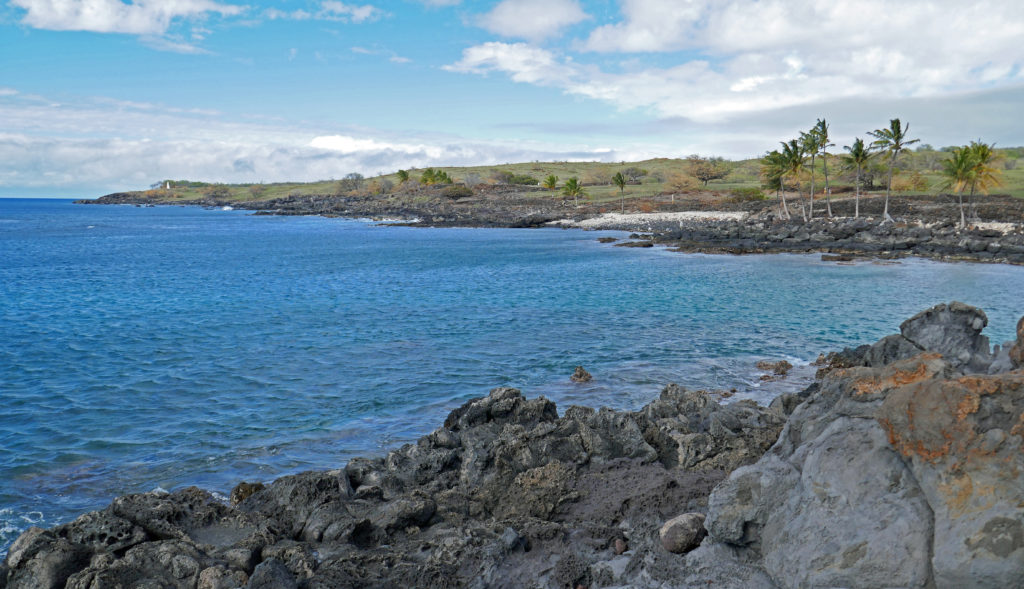
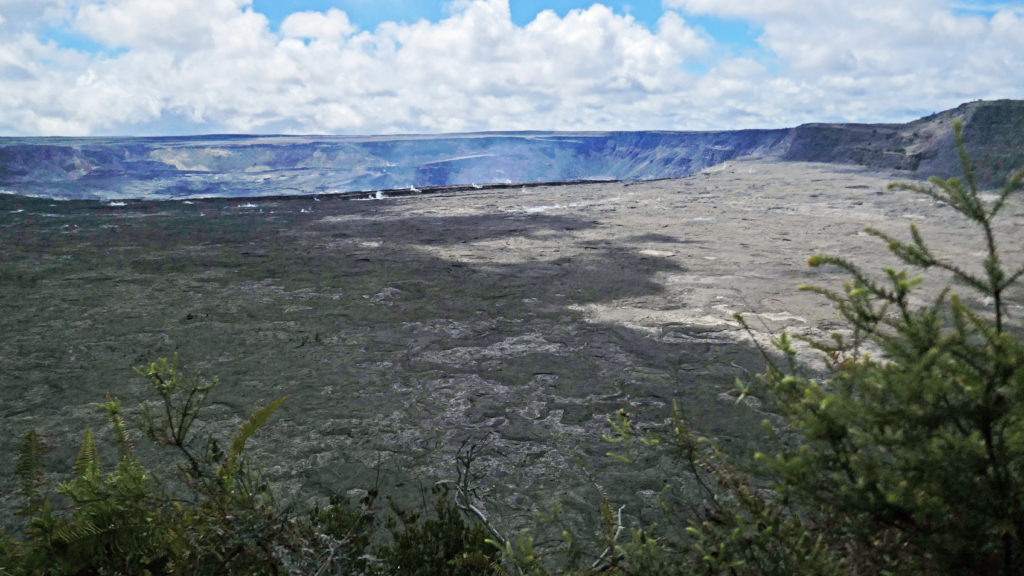
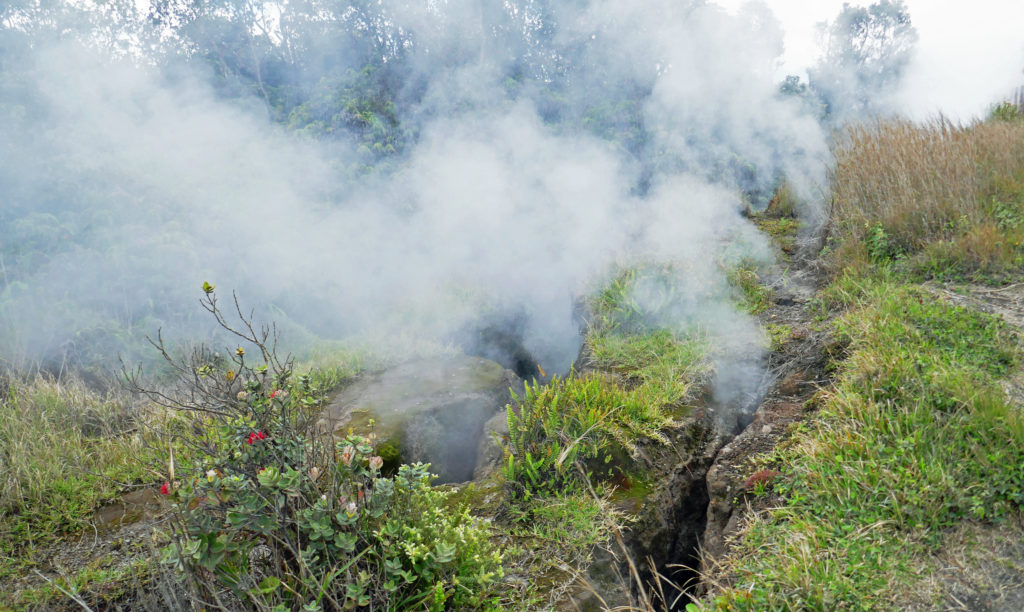
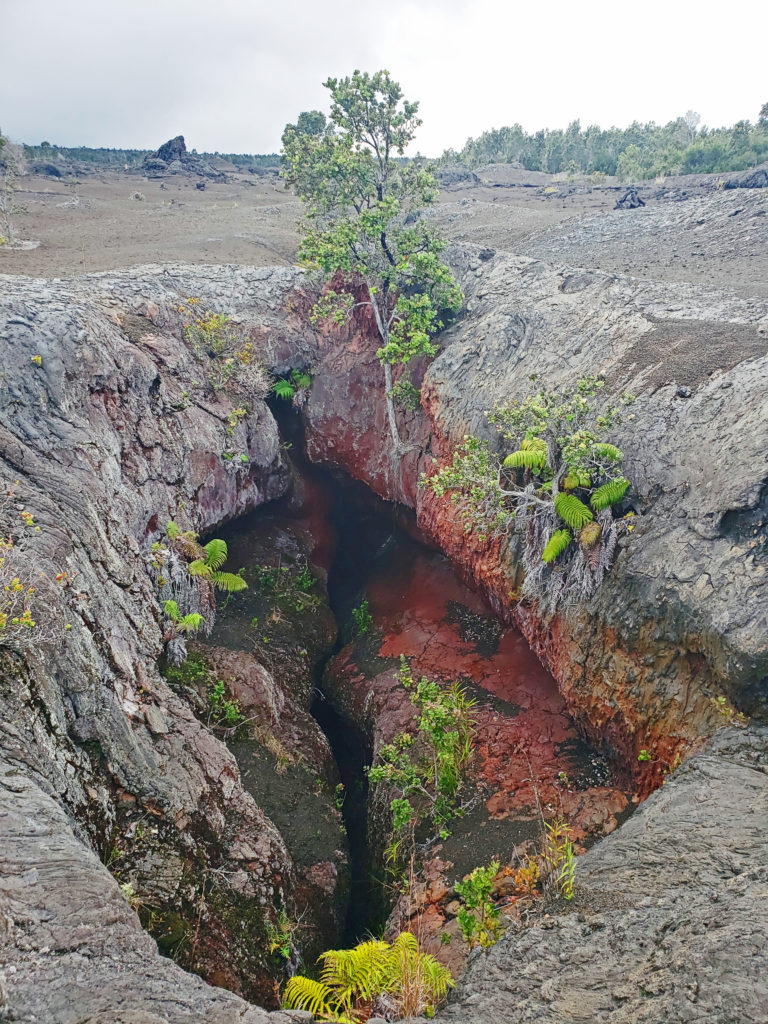
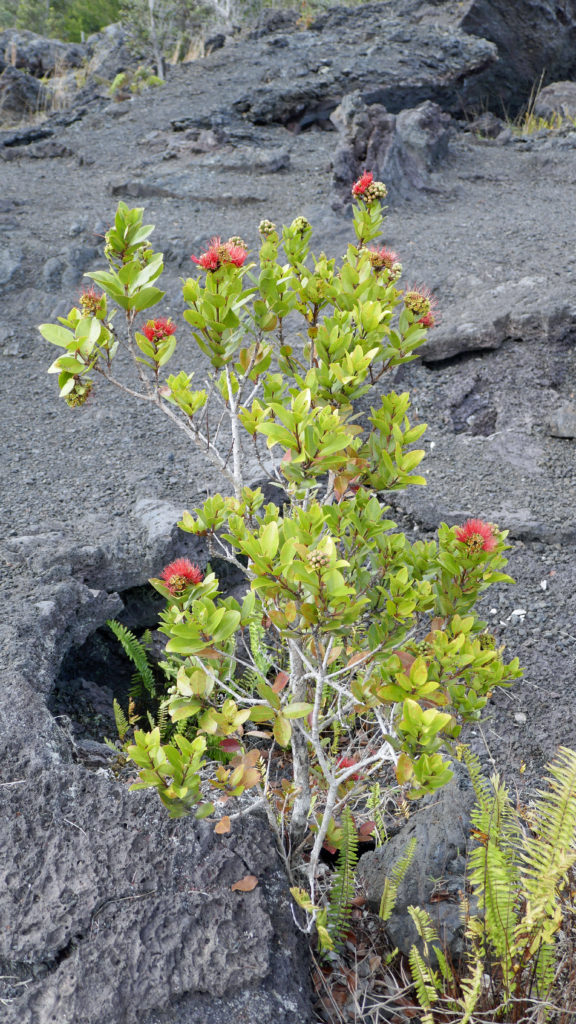
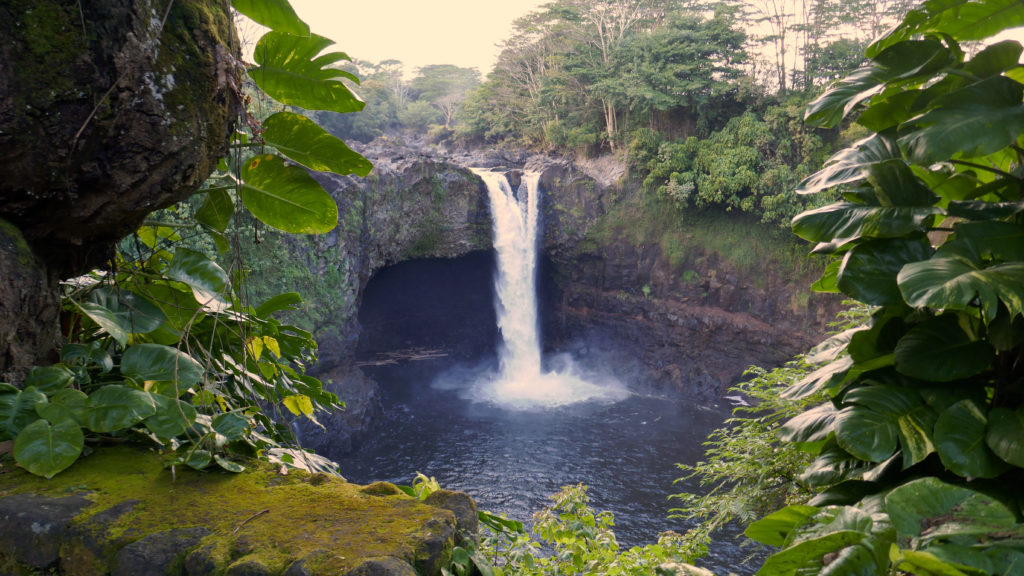
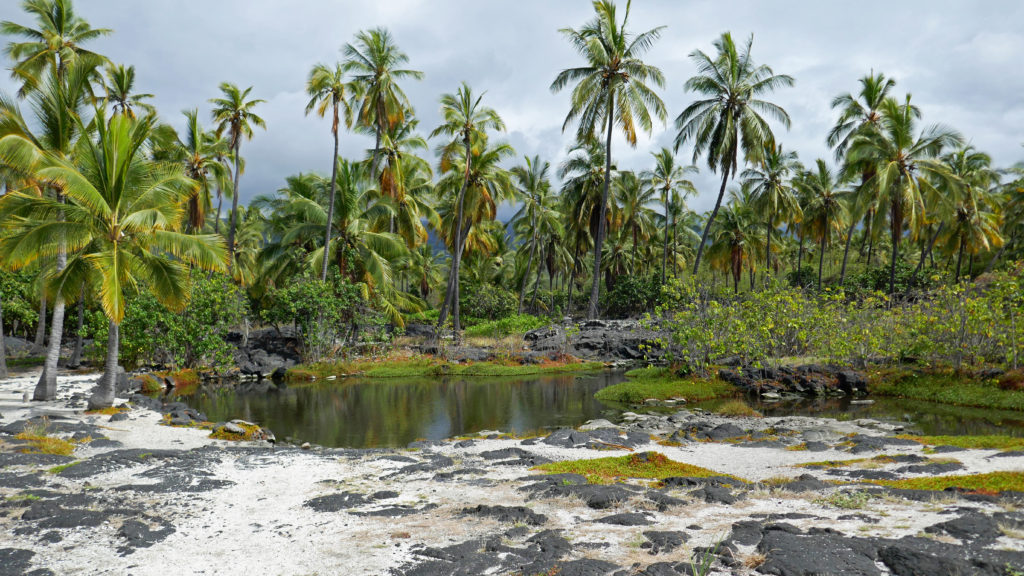
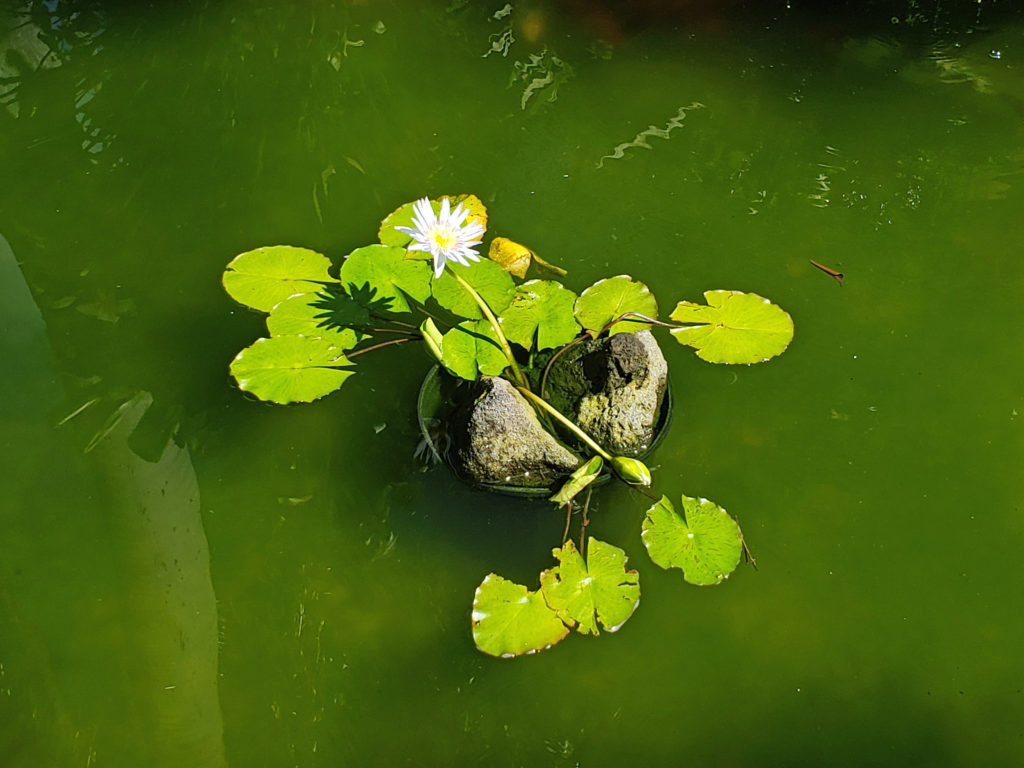
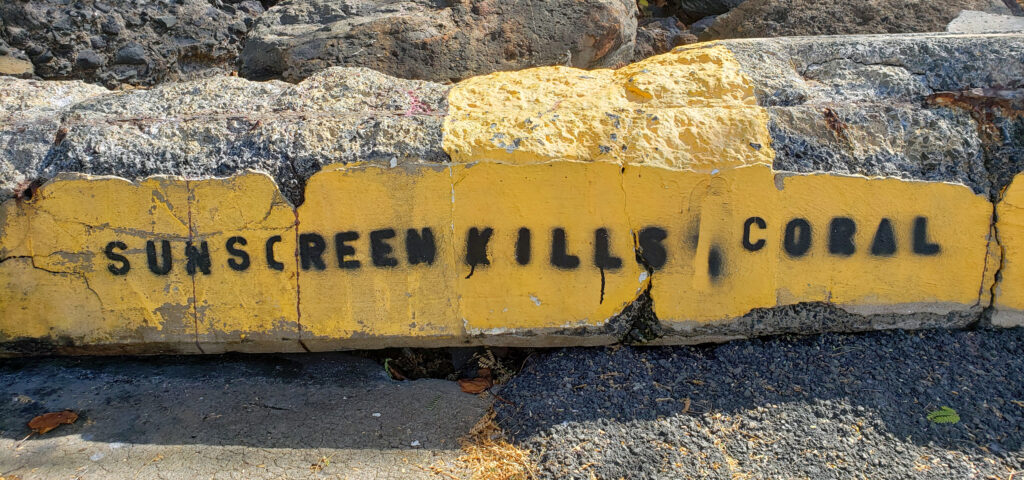 Originally posted August 6, 2019. Updated and re-posted November 19, 2022.
Originally posted August 6, 2019. Updated and re-posted November 19, 2022.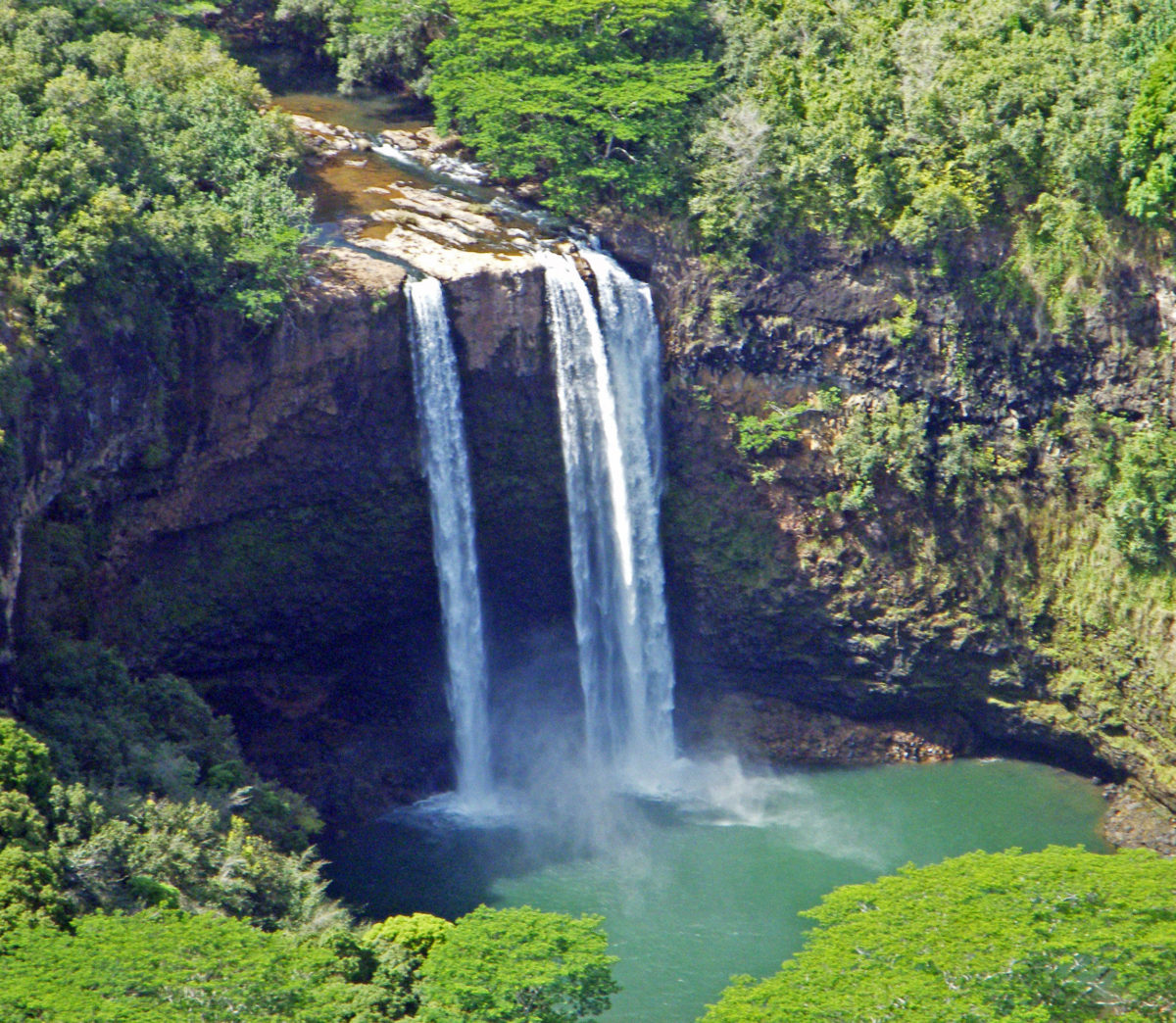
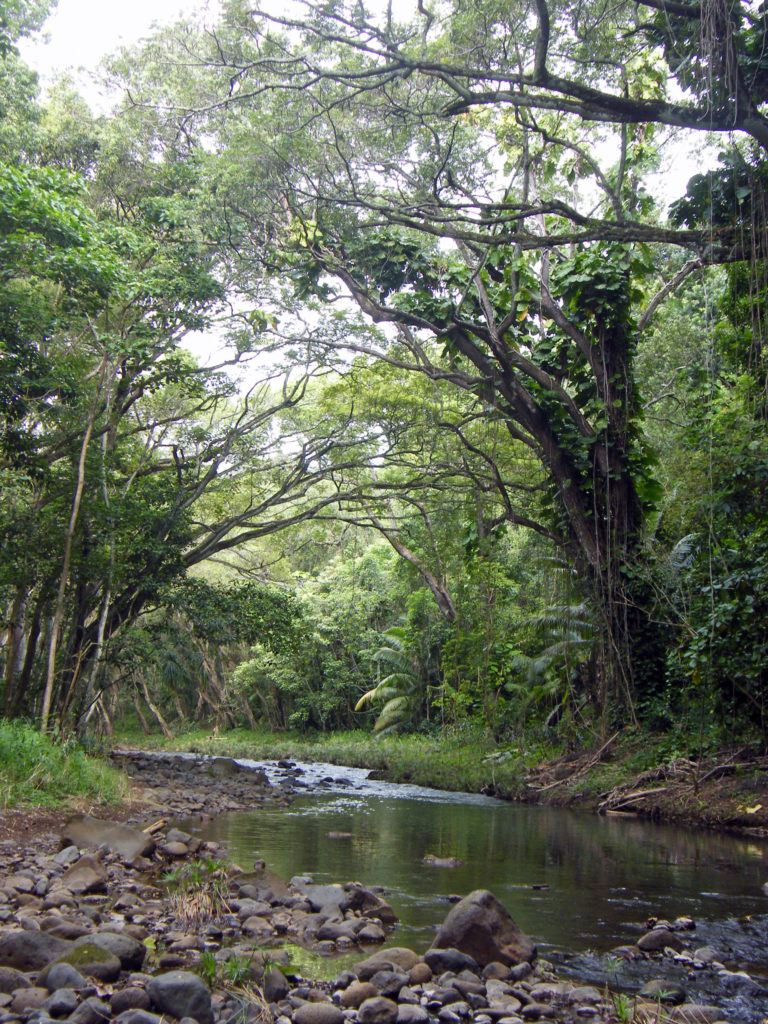
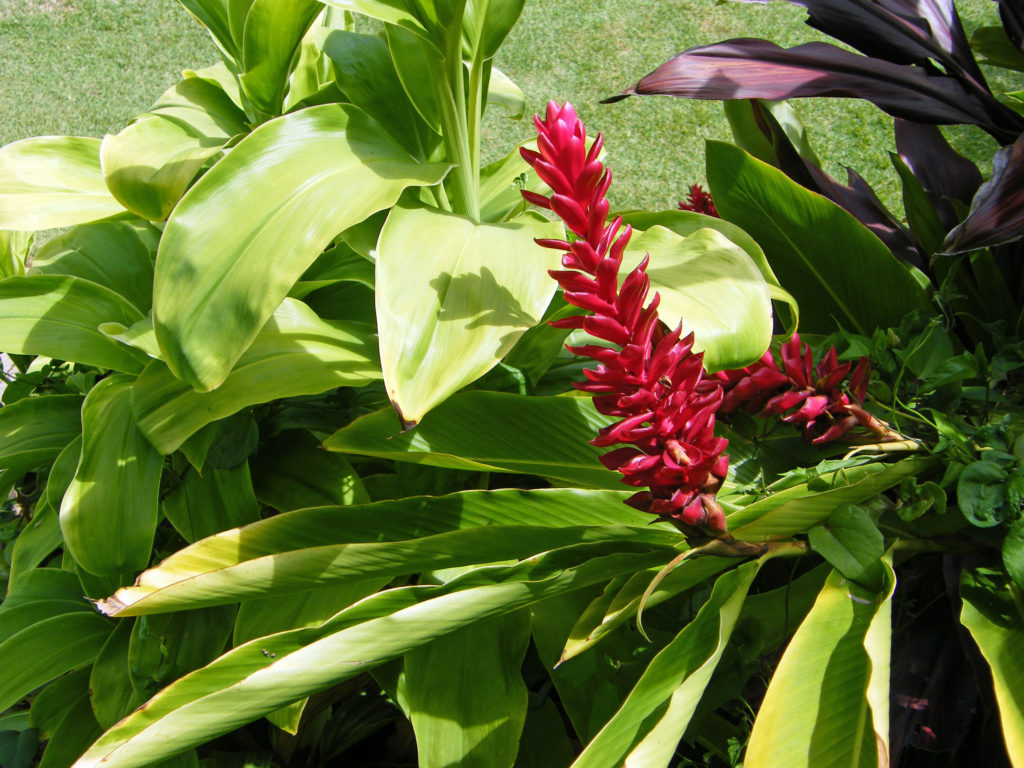
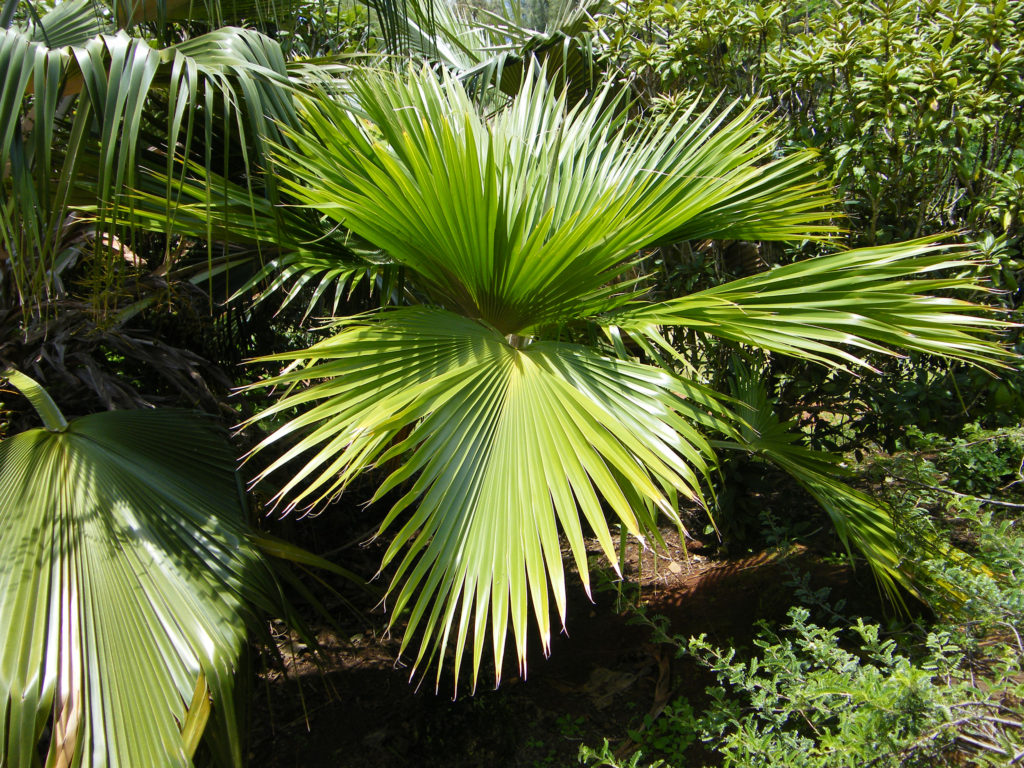
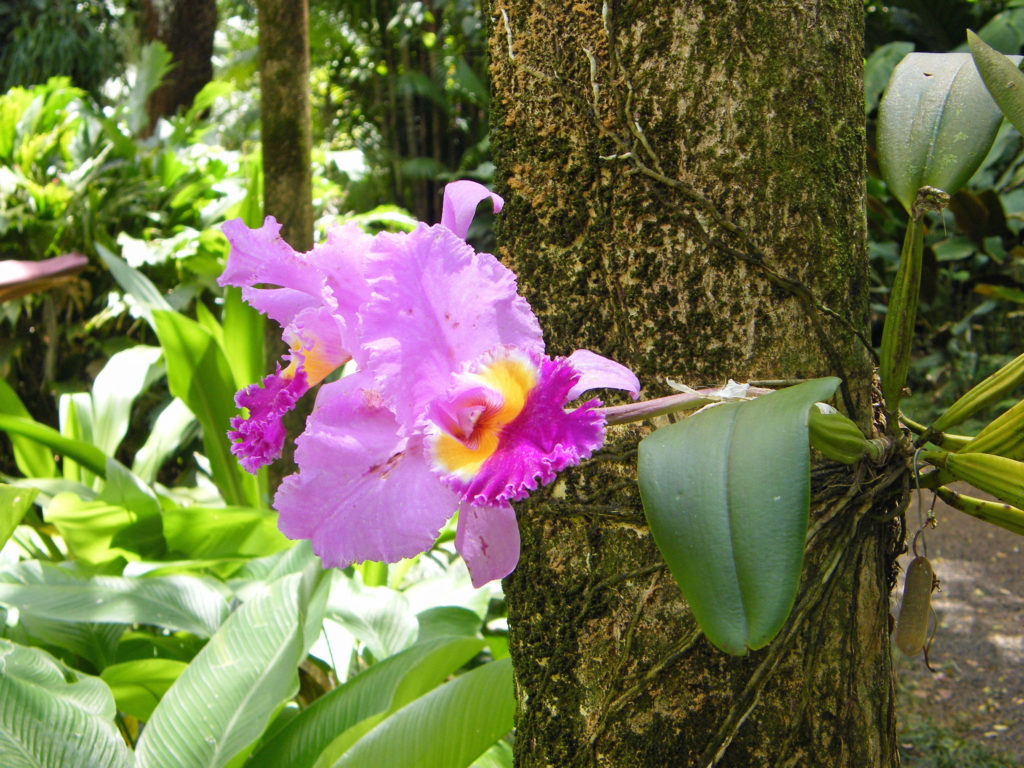
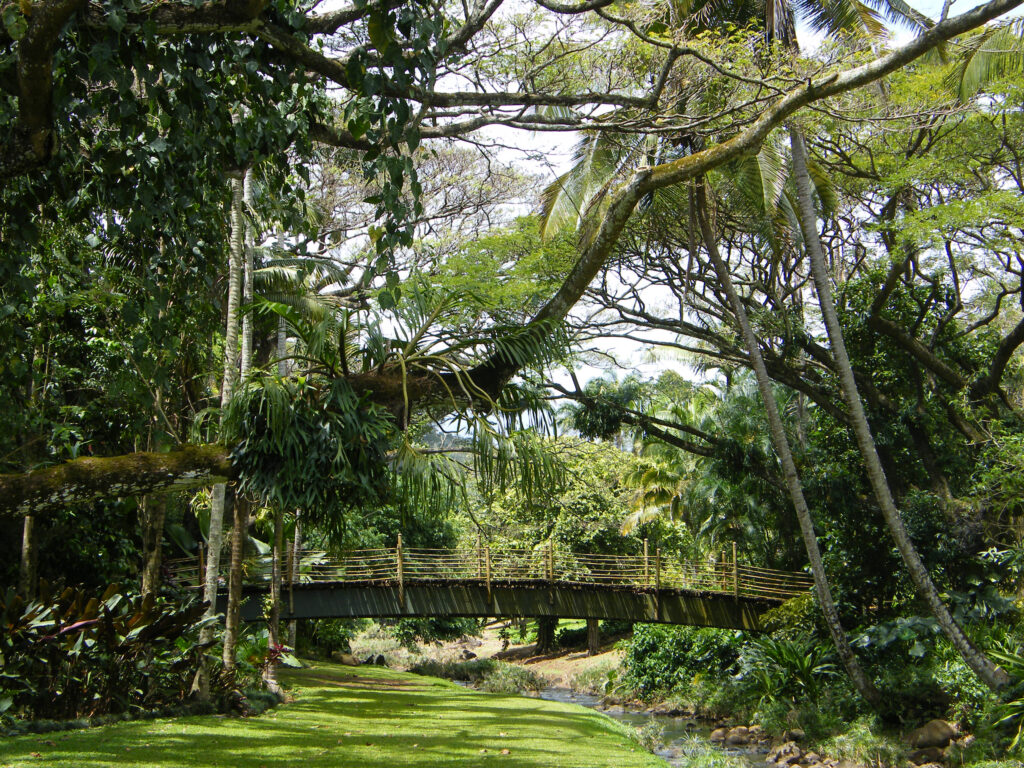
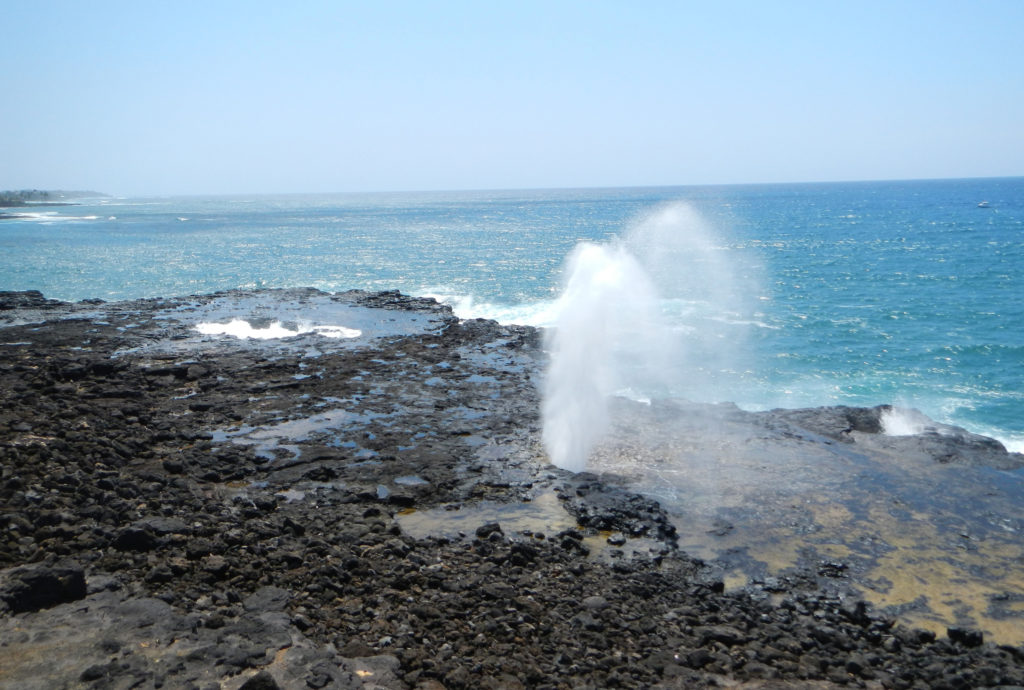
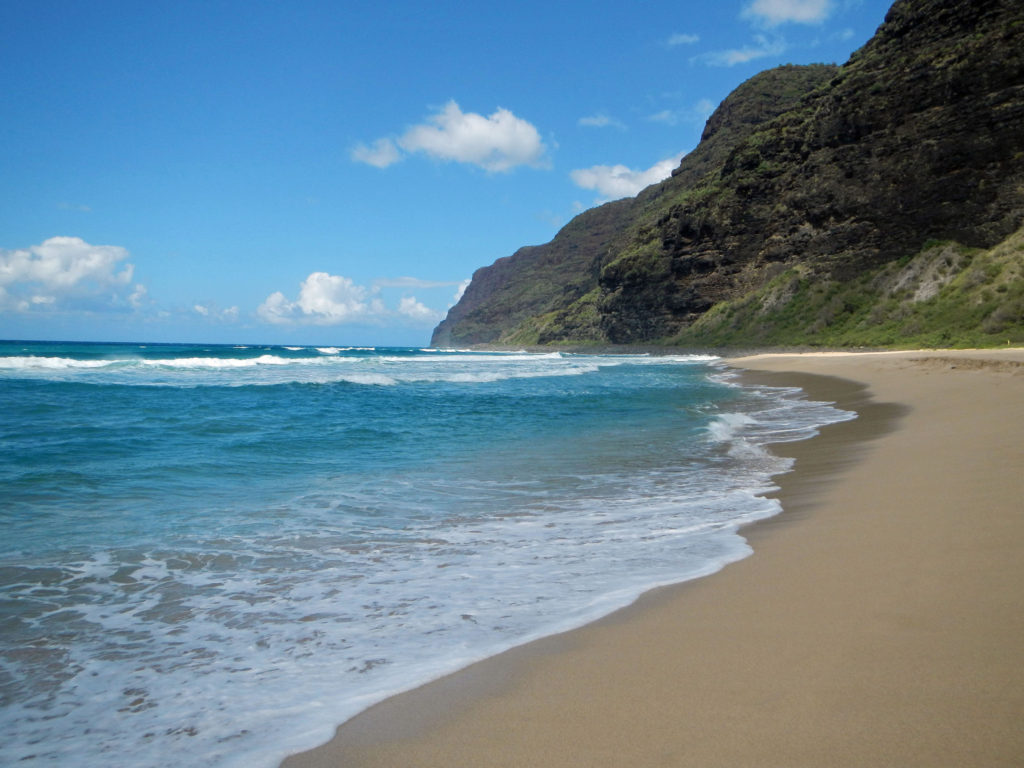
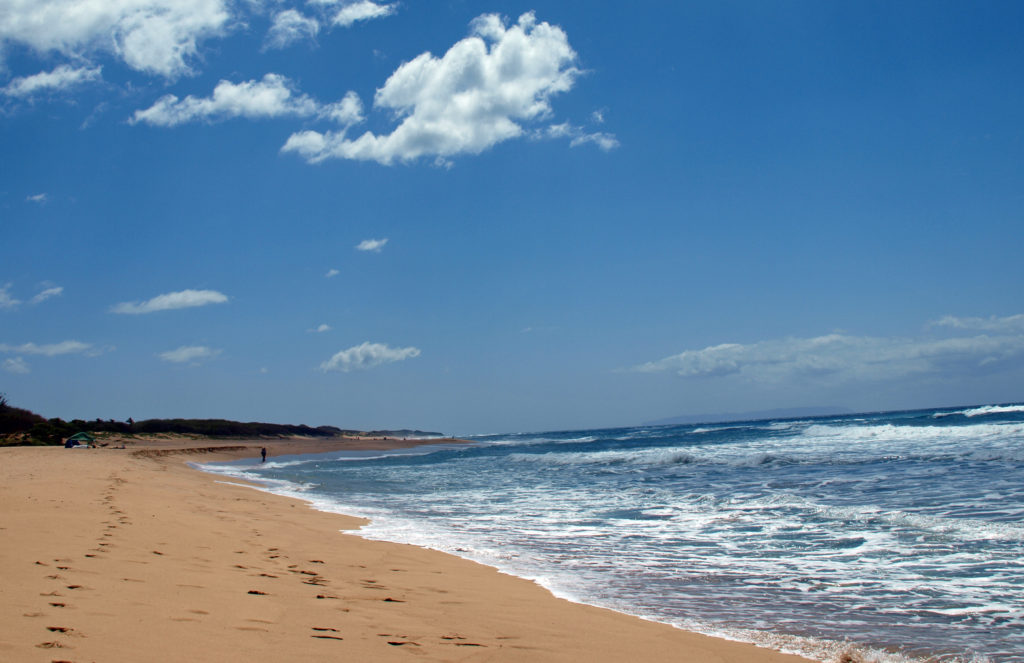
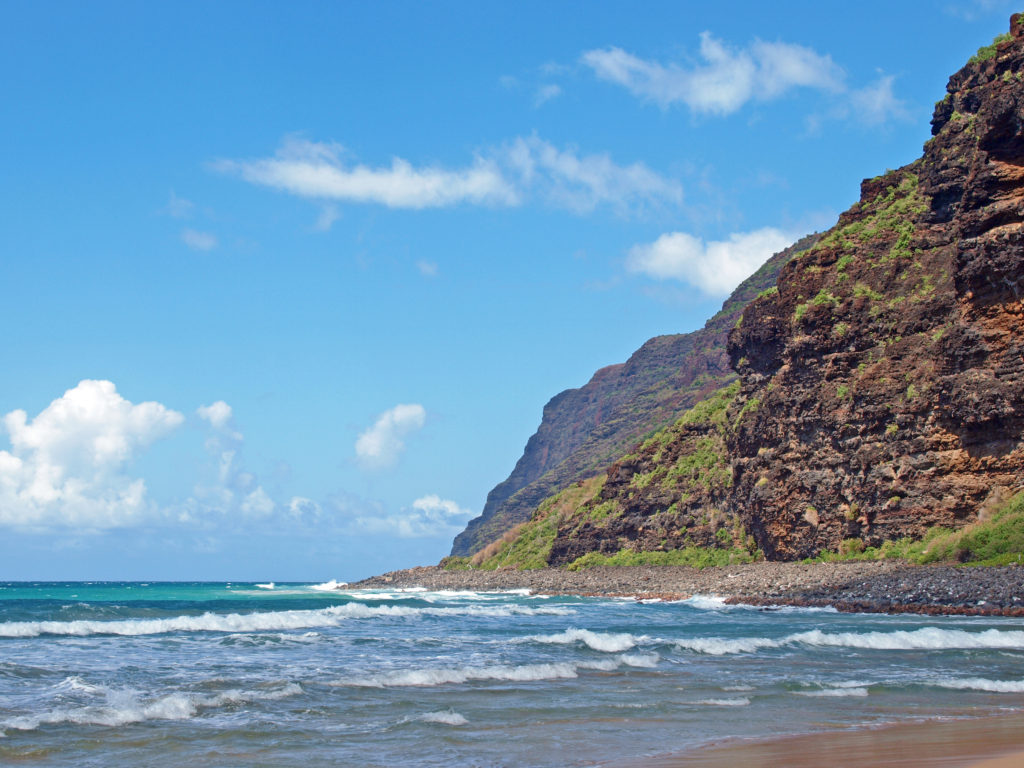
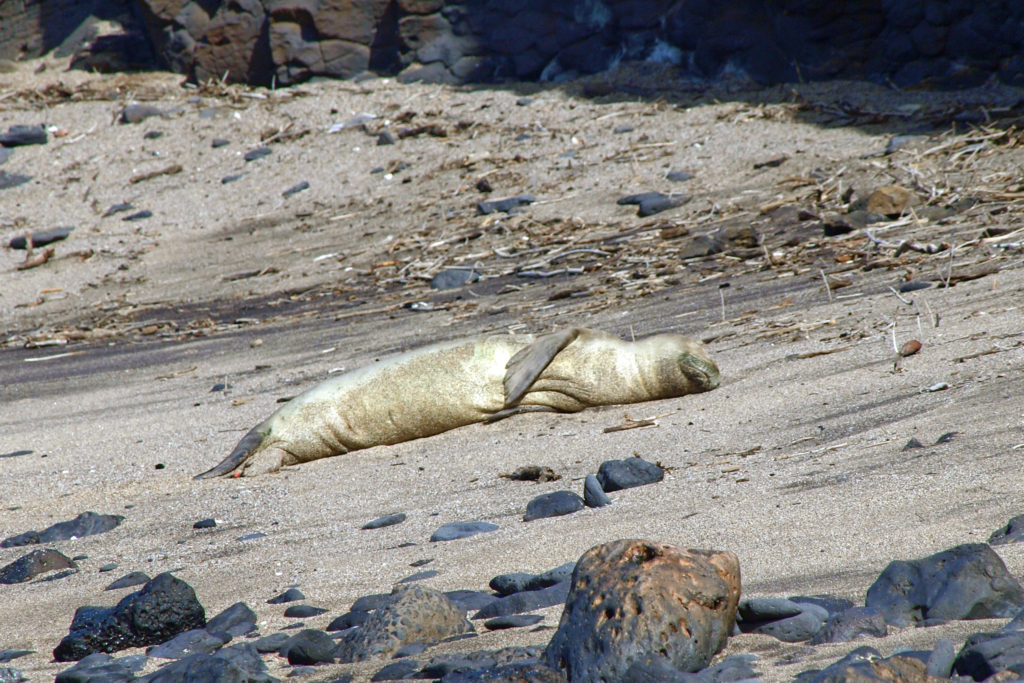
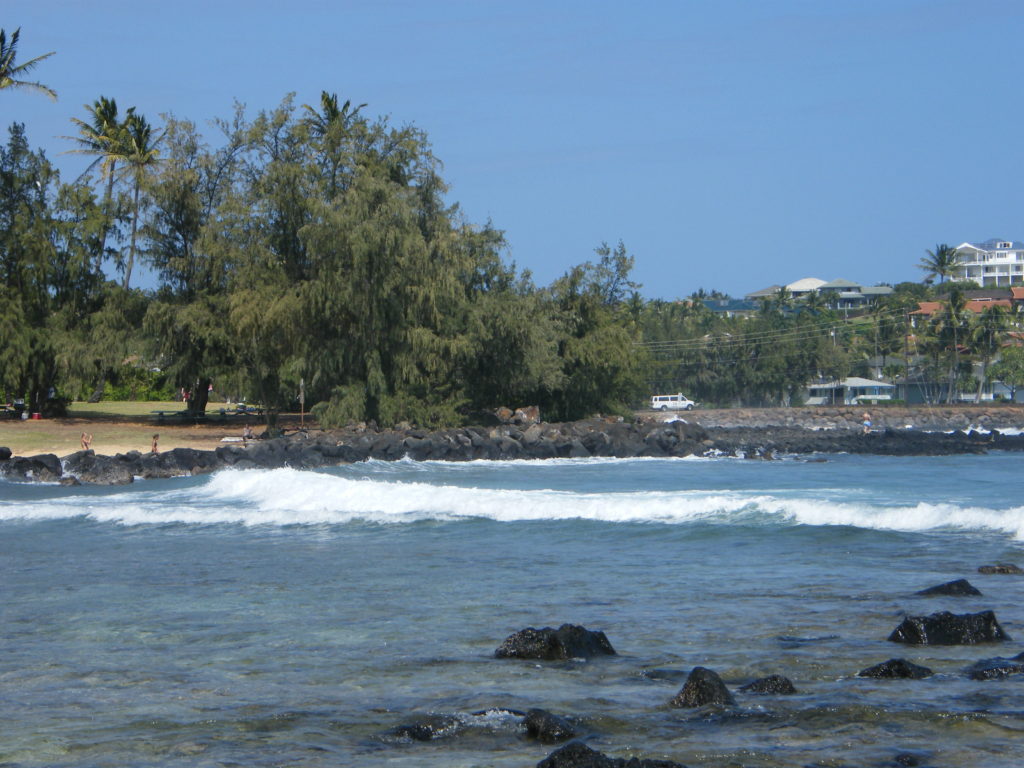
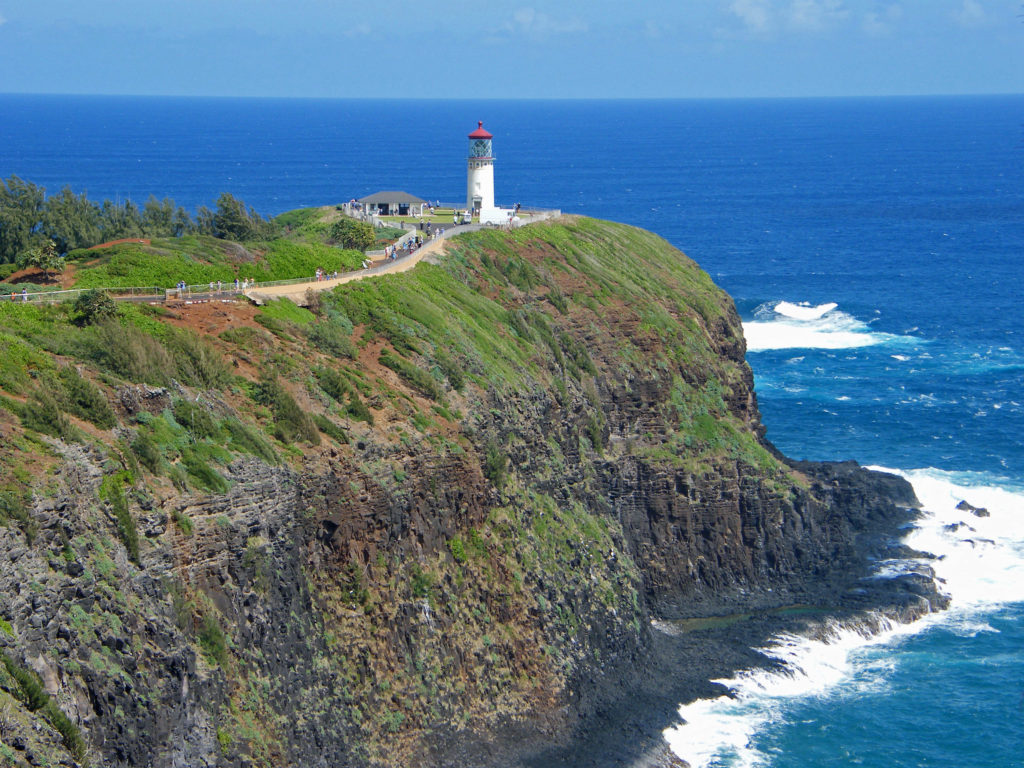

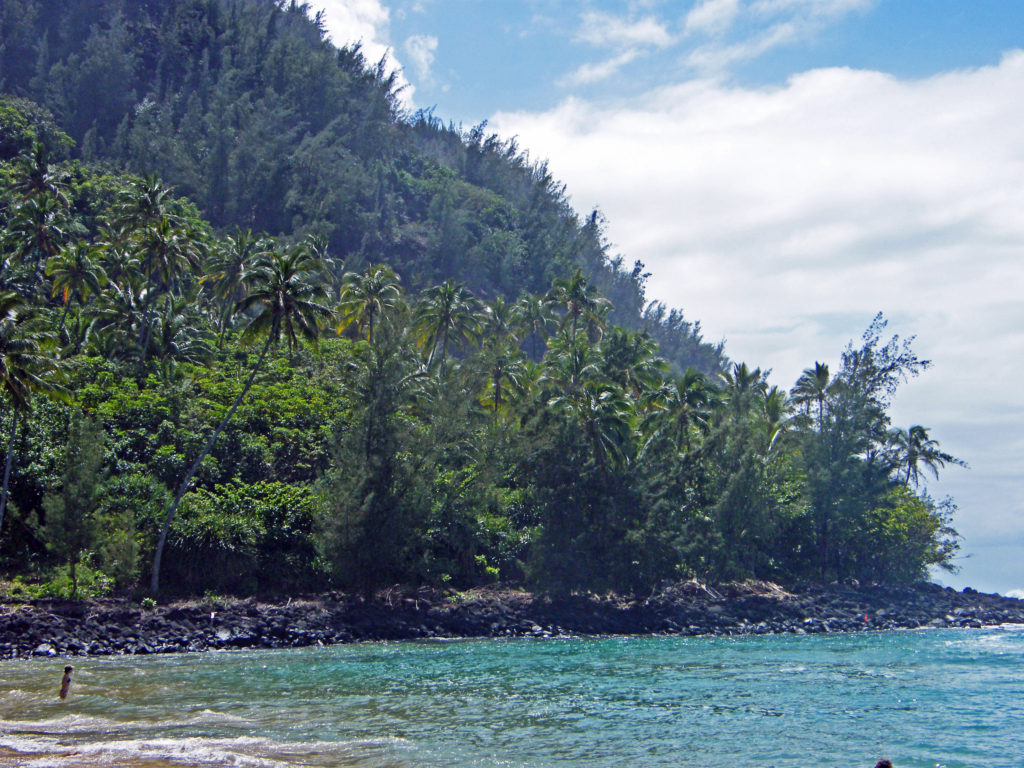

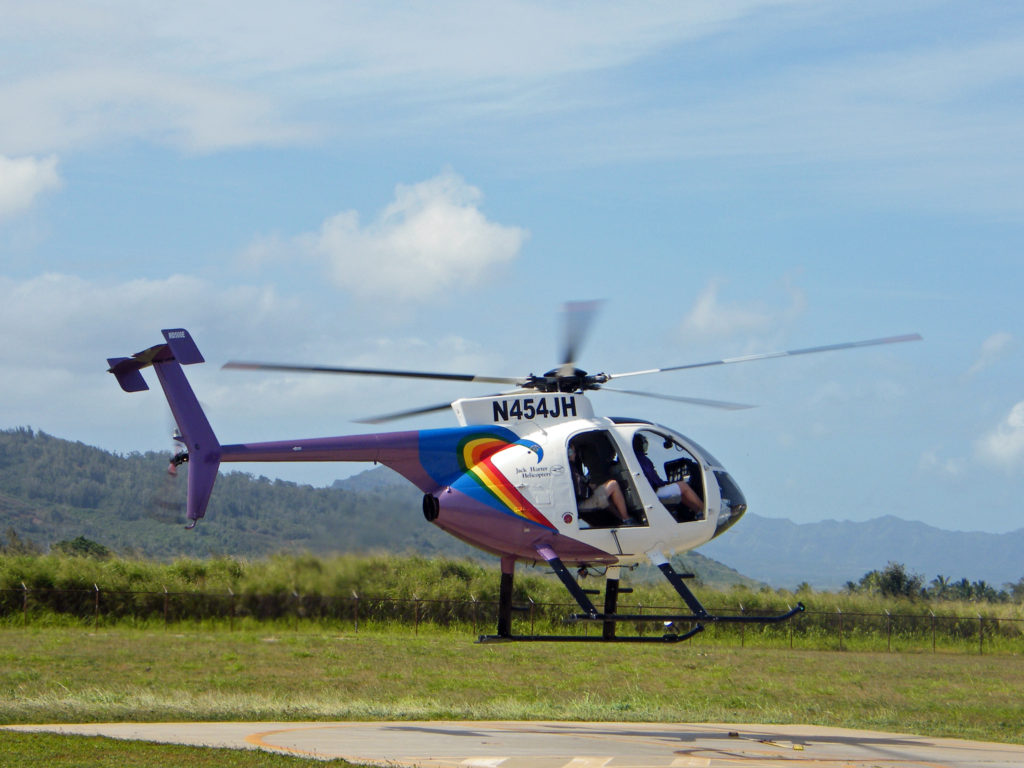
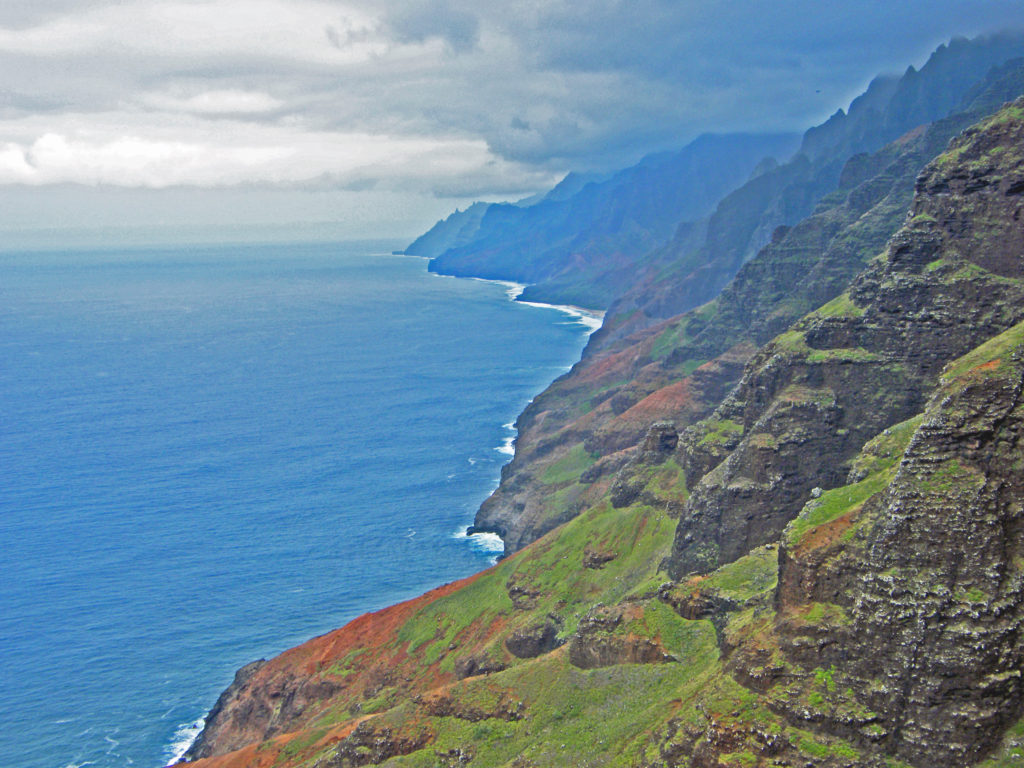

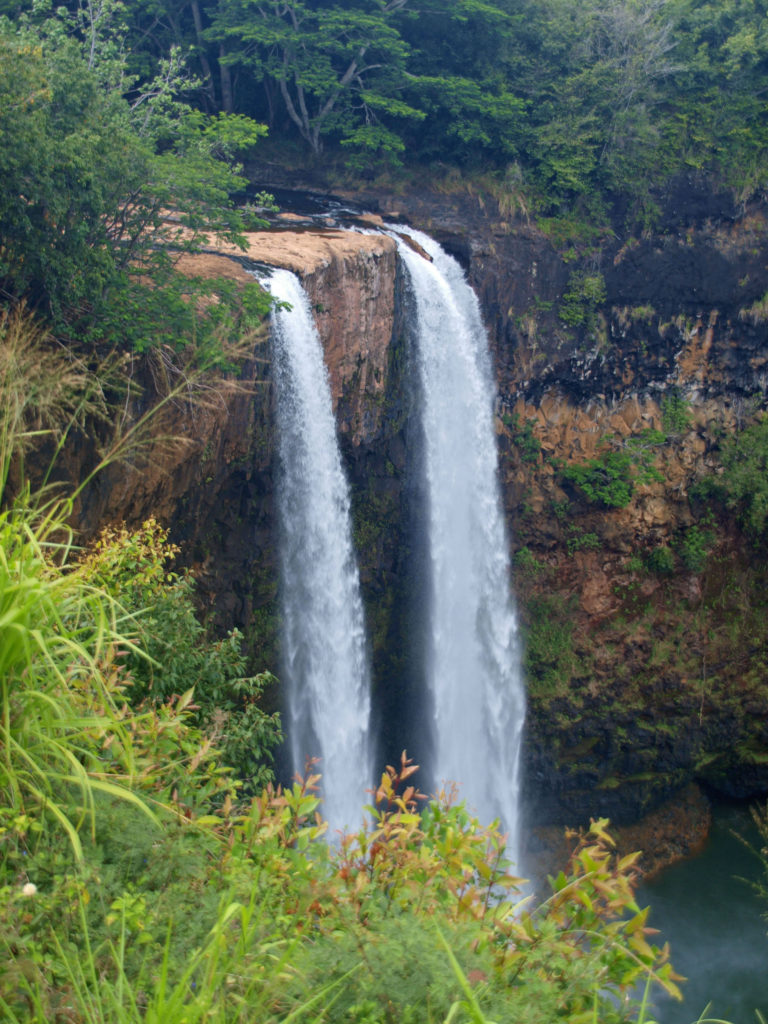
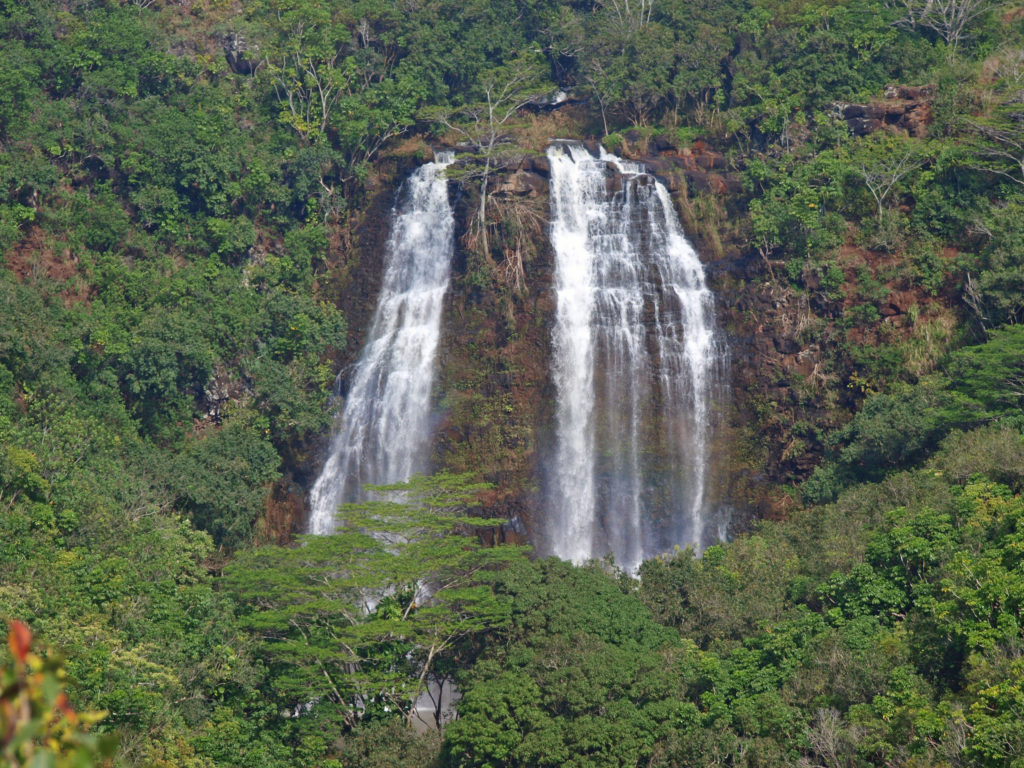
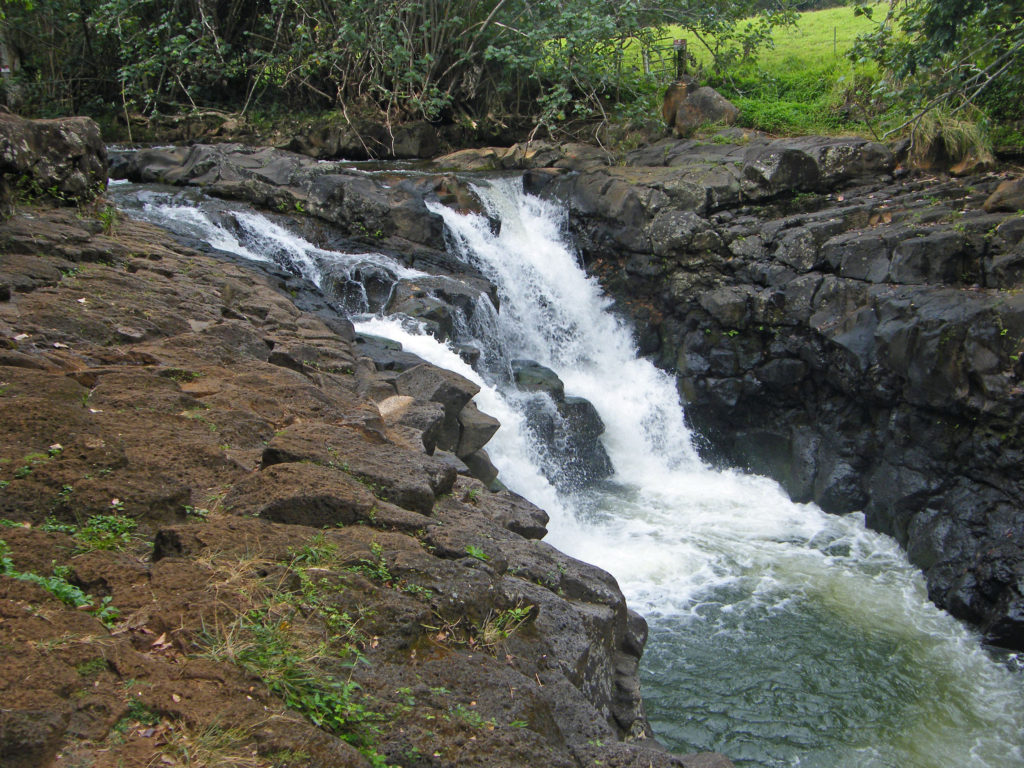
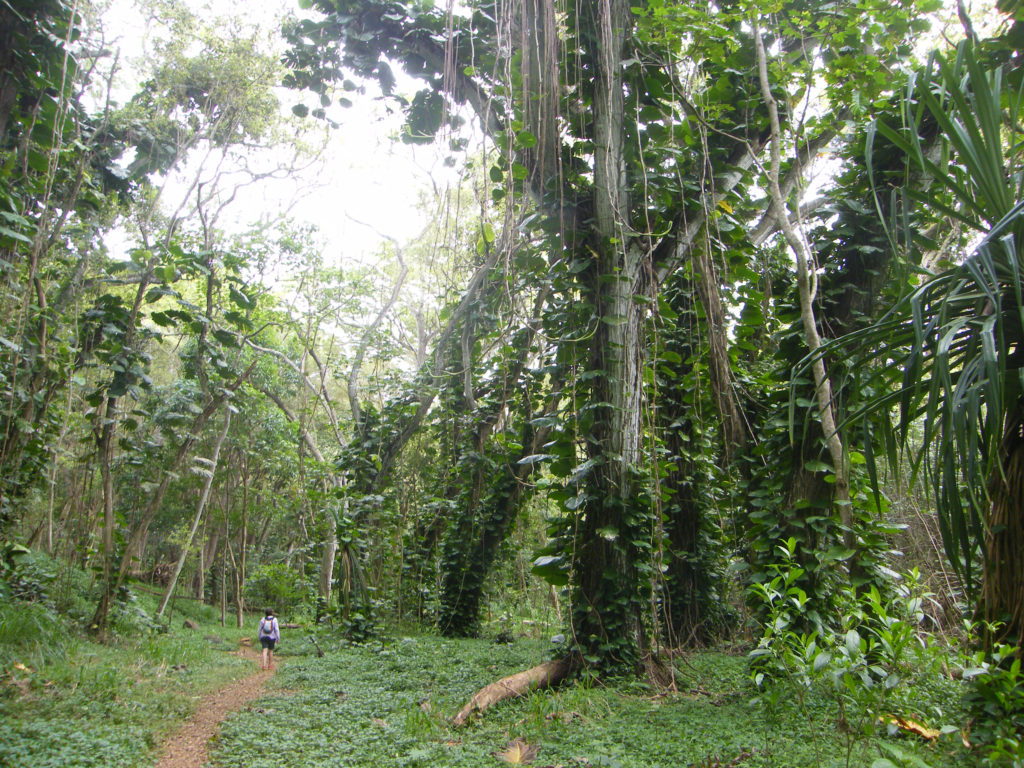
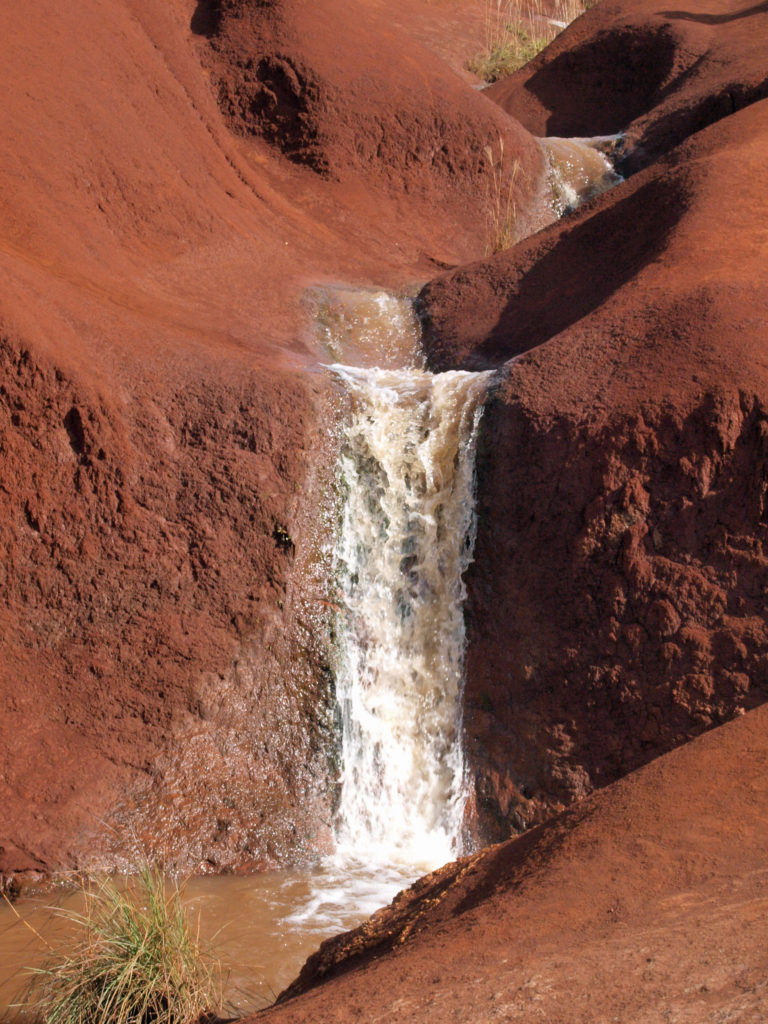
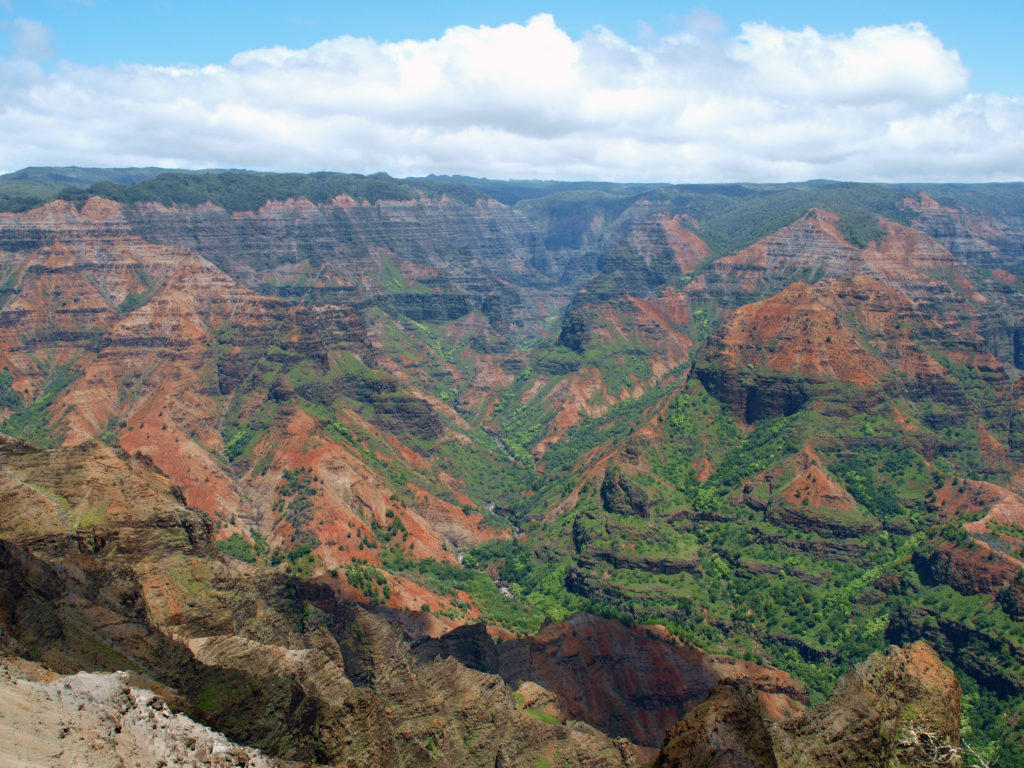
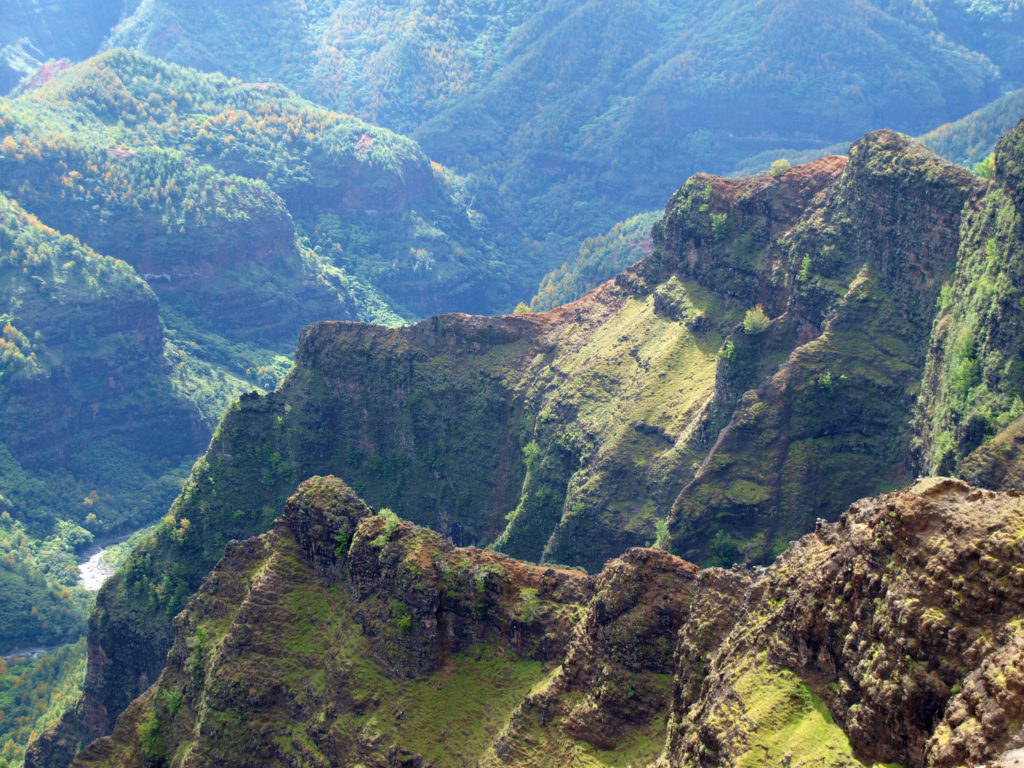
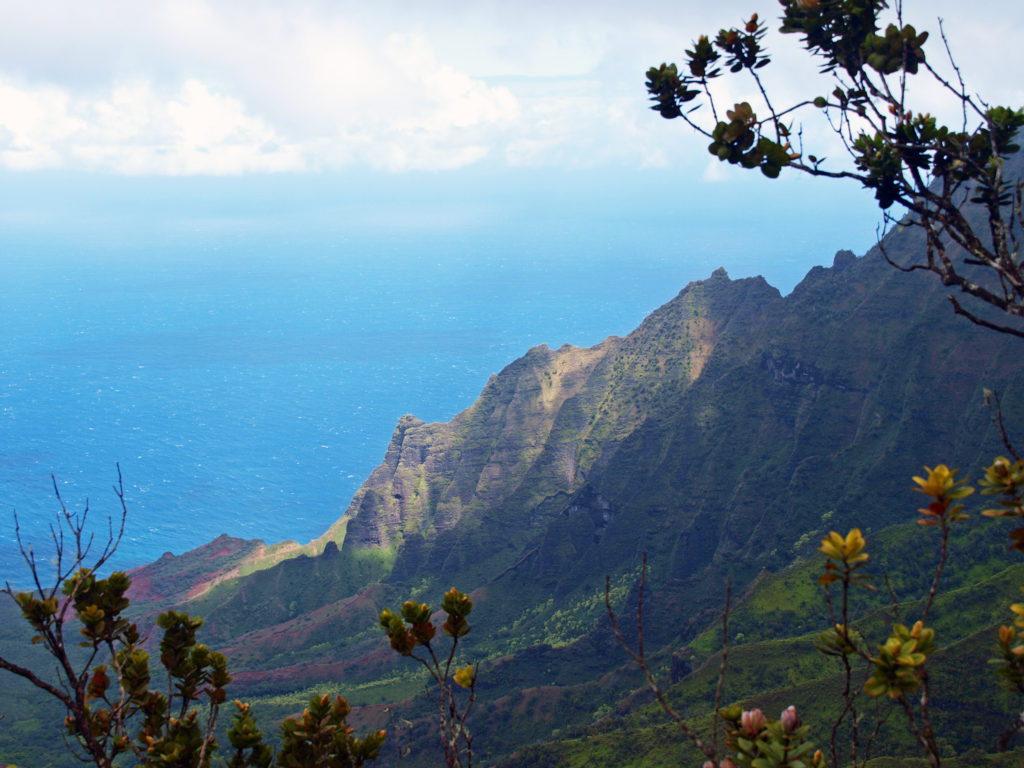
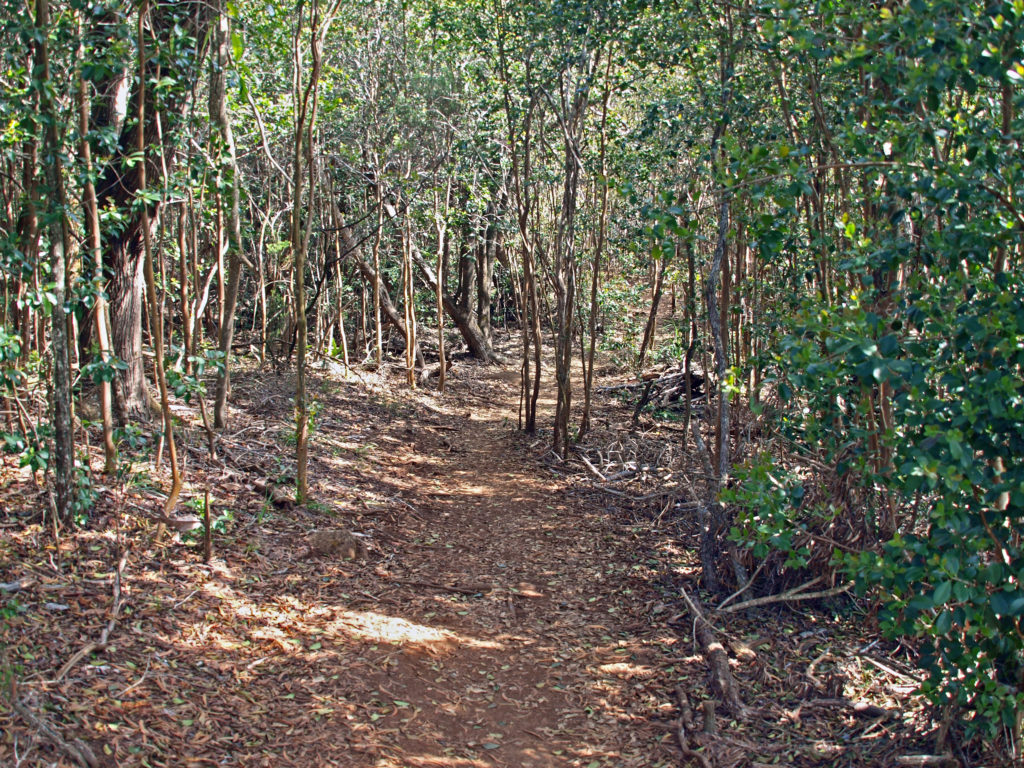 For hikers, there are more than 45 miles of trails in the canyon. You could easily spend days in the canyon and not hike all of the trails. For those that do want to spend multiple days hiking or sightseeing,
For hikers, there are more than 45 miles of trails in the canyon. You could easily spend days in the canyon and not hike all of the trails. For those that do want to spend multiple days hiking or sightseeing, 